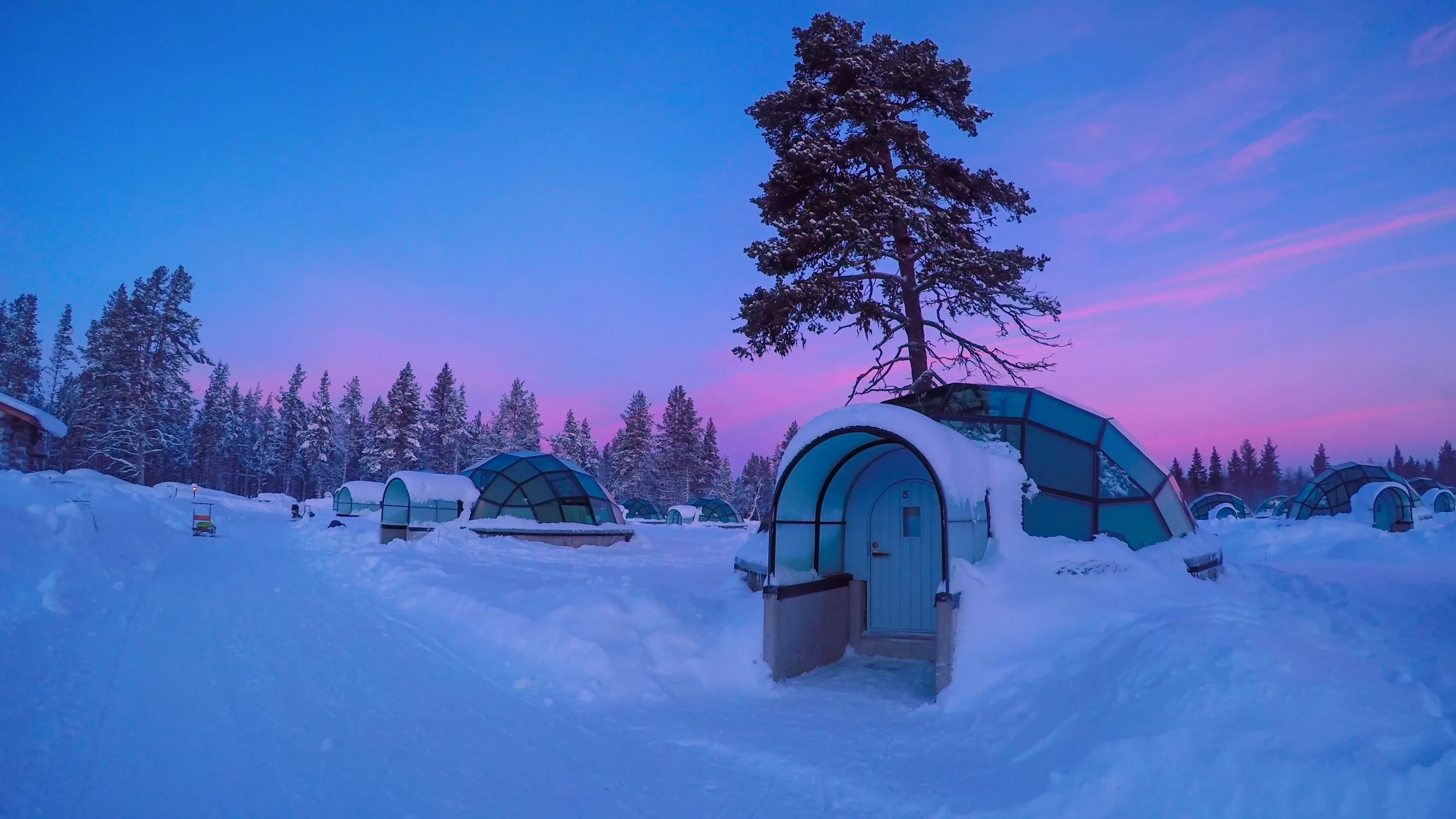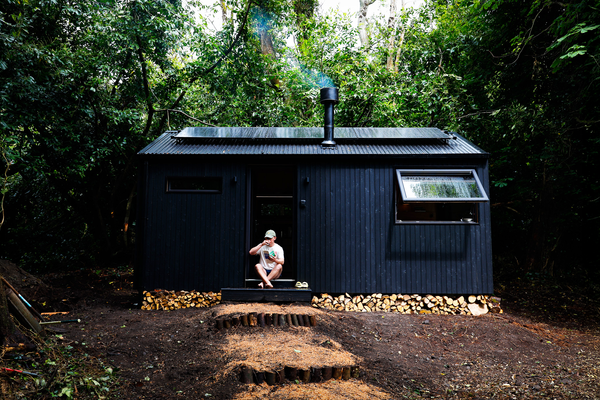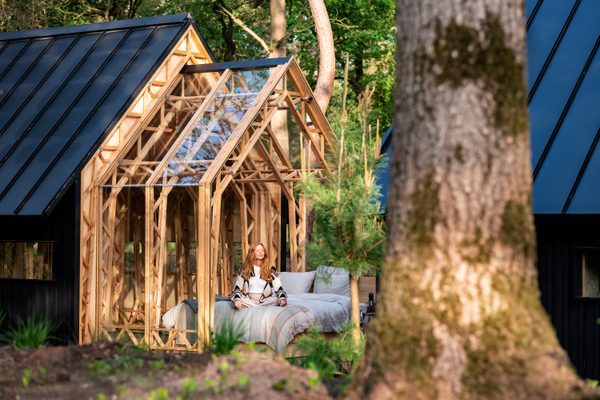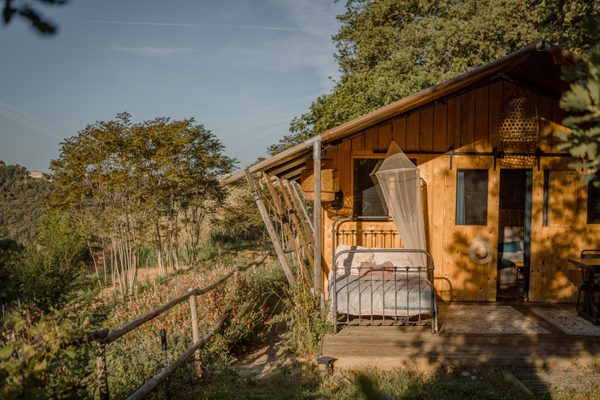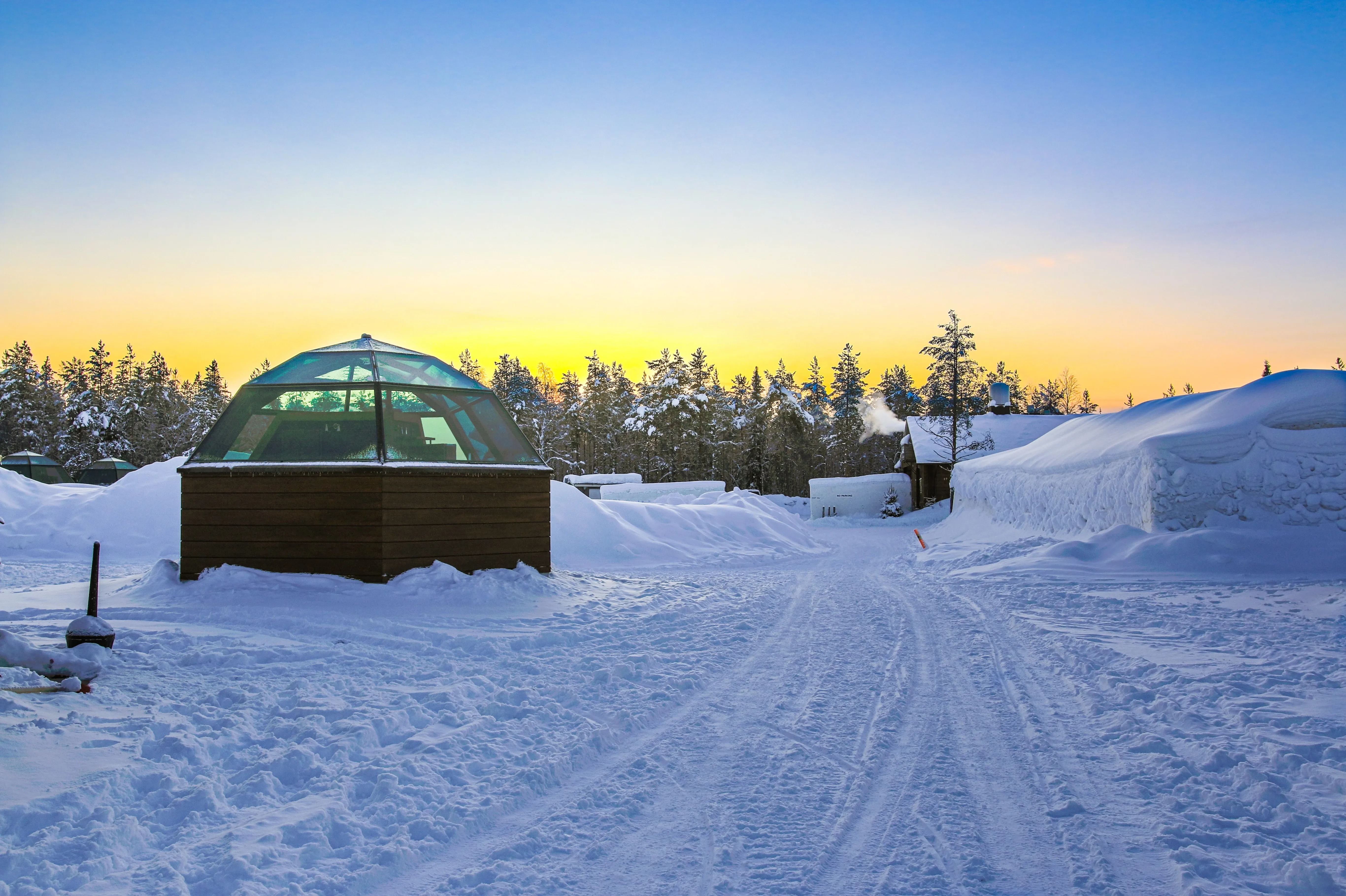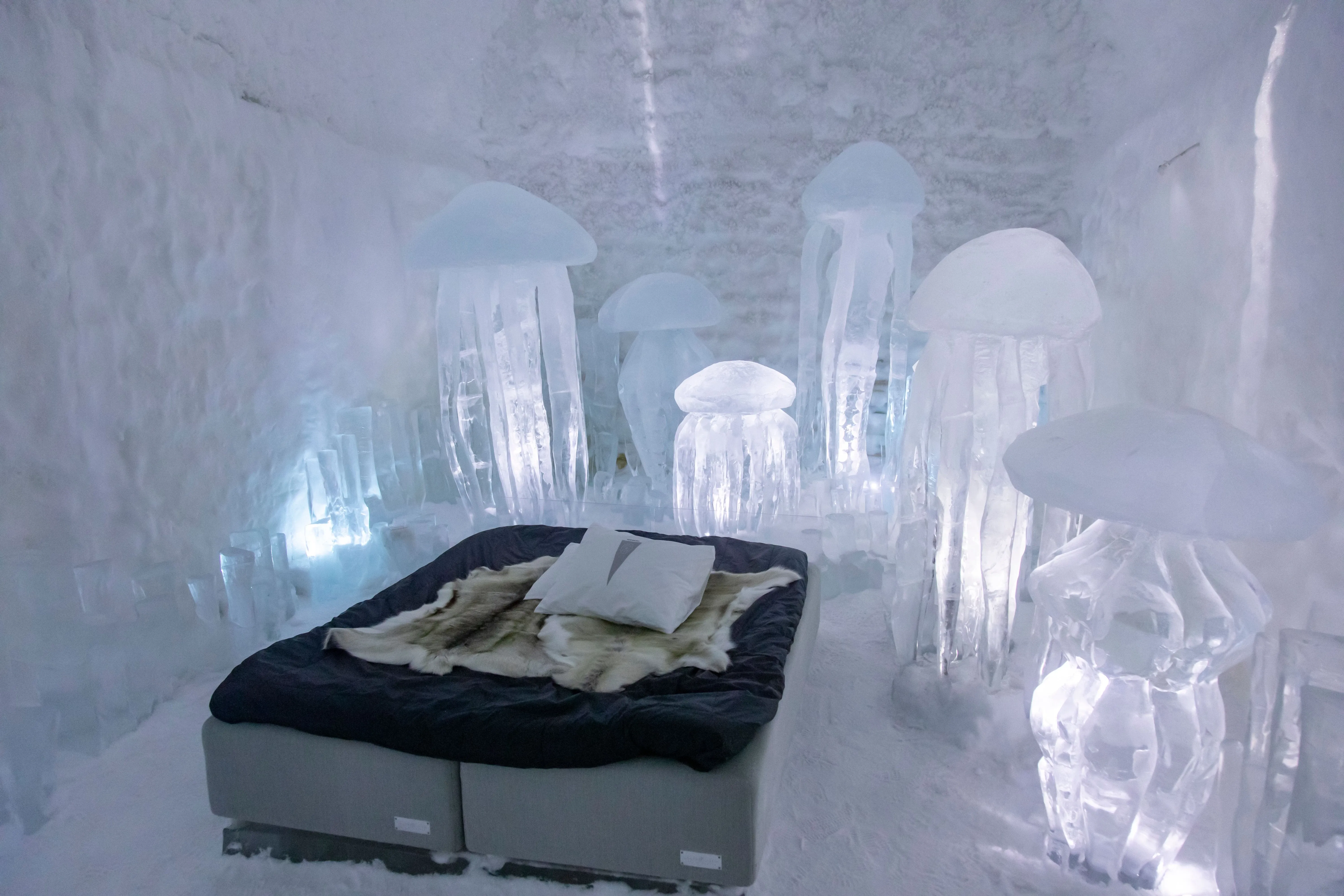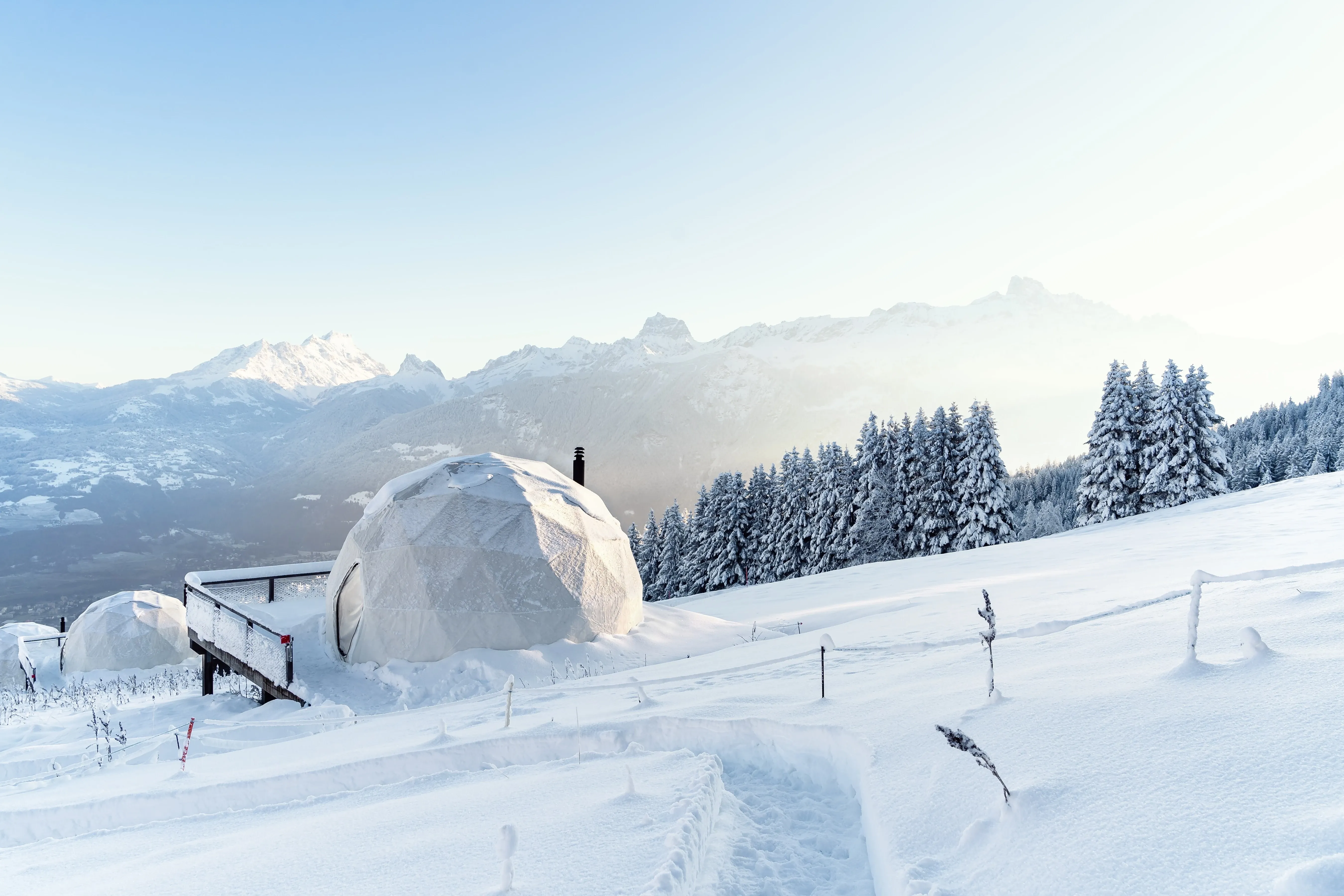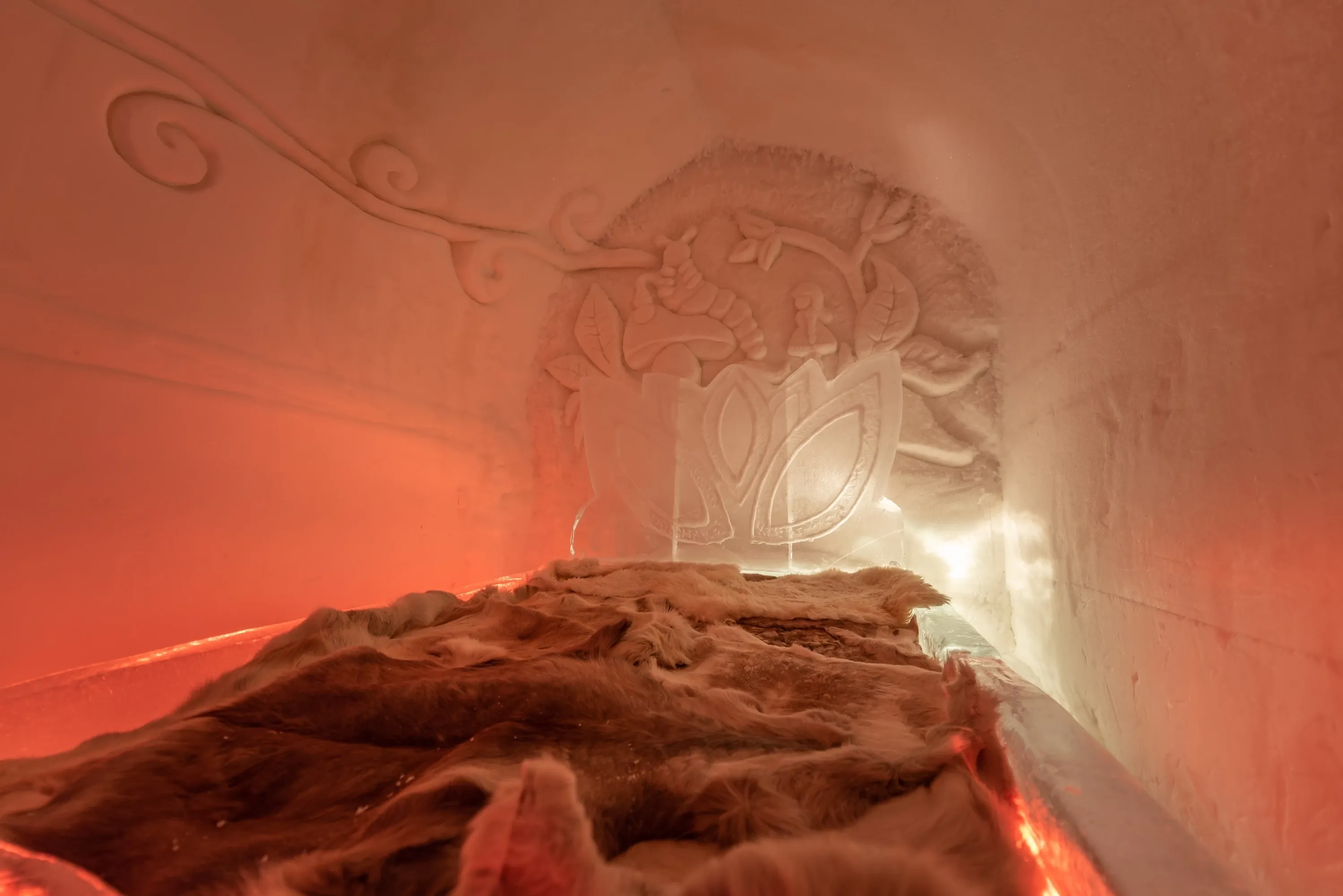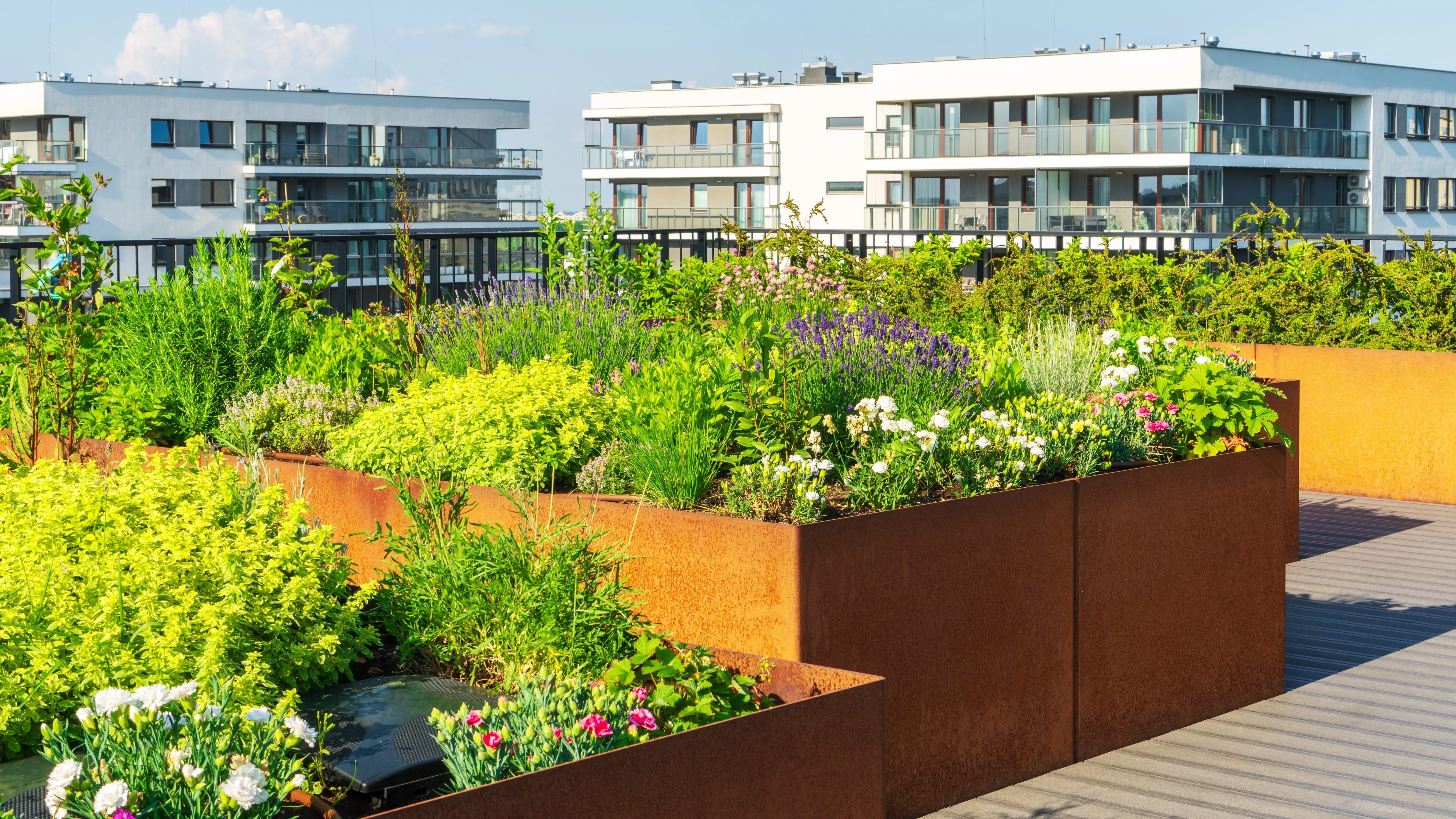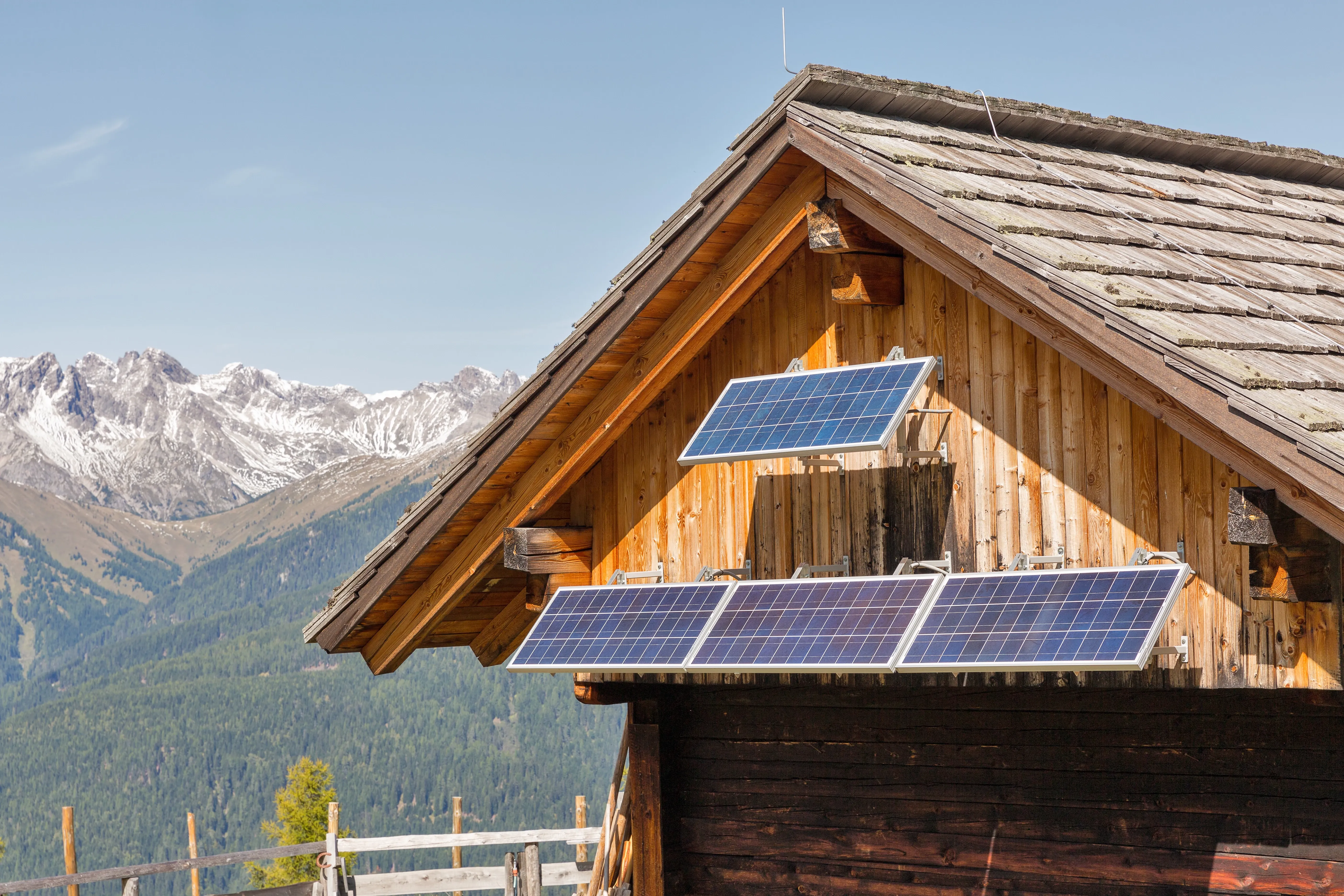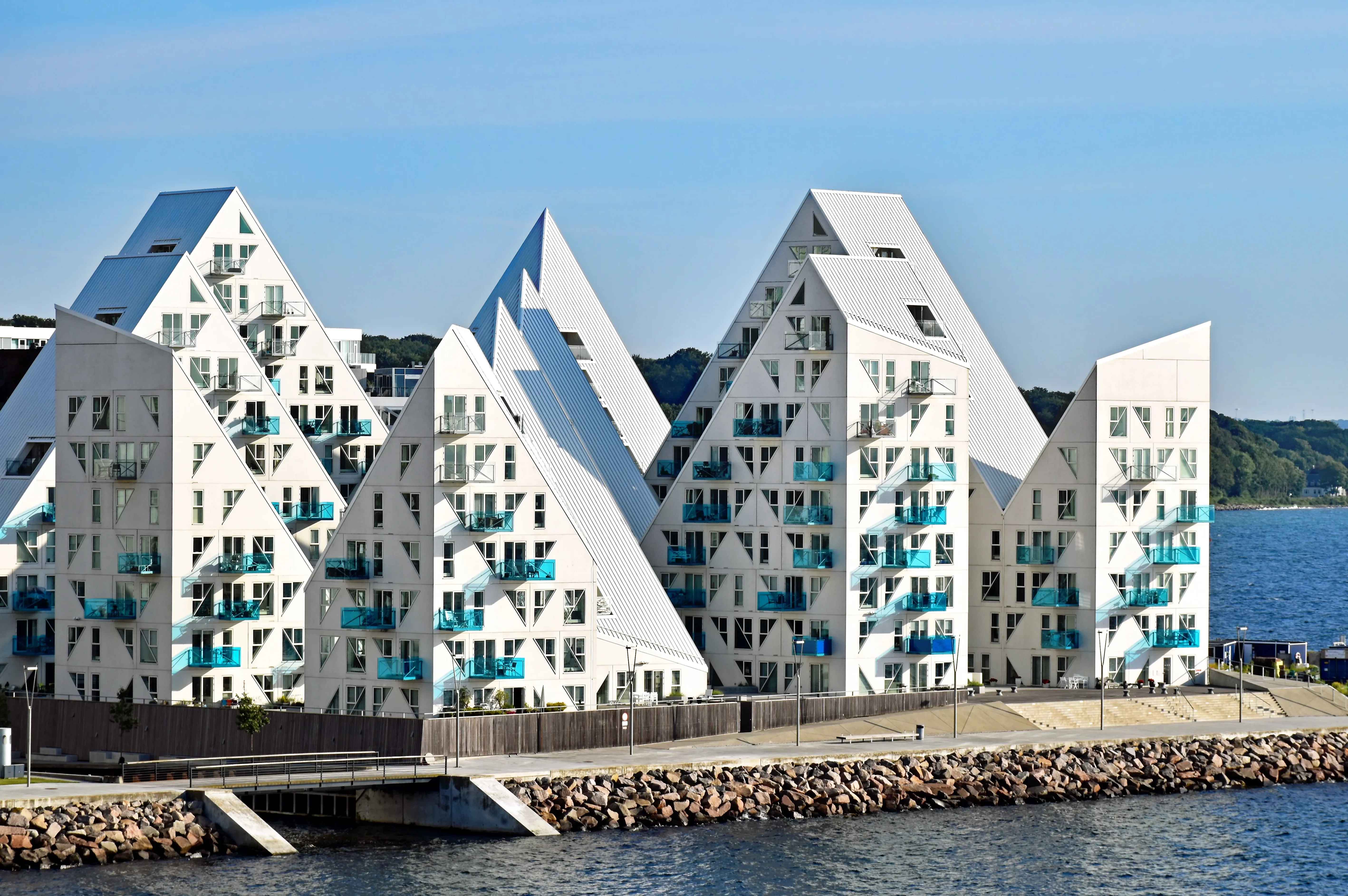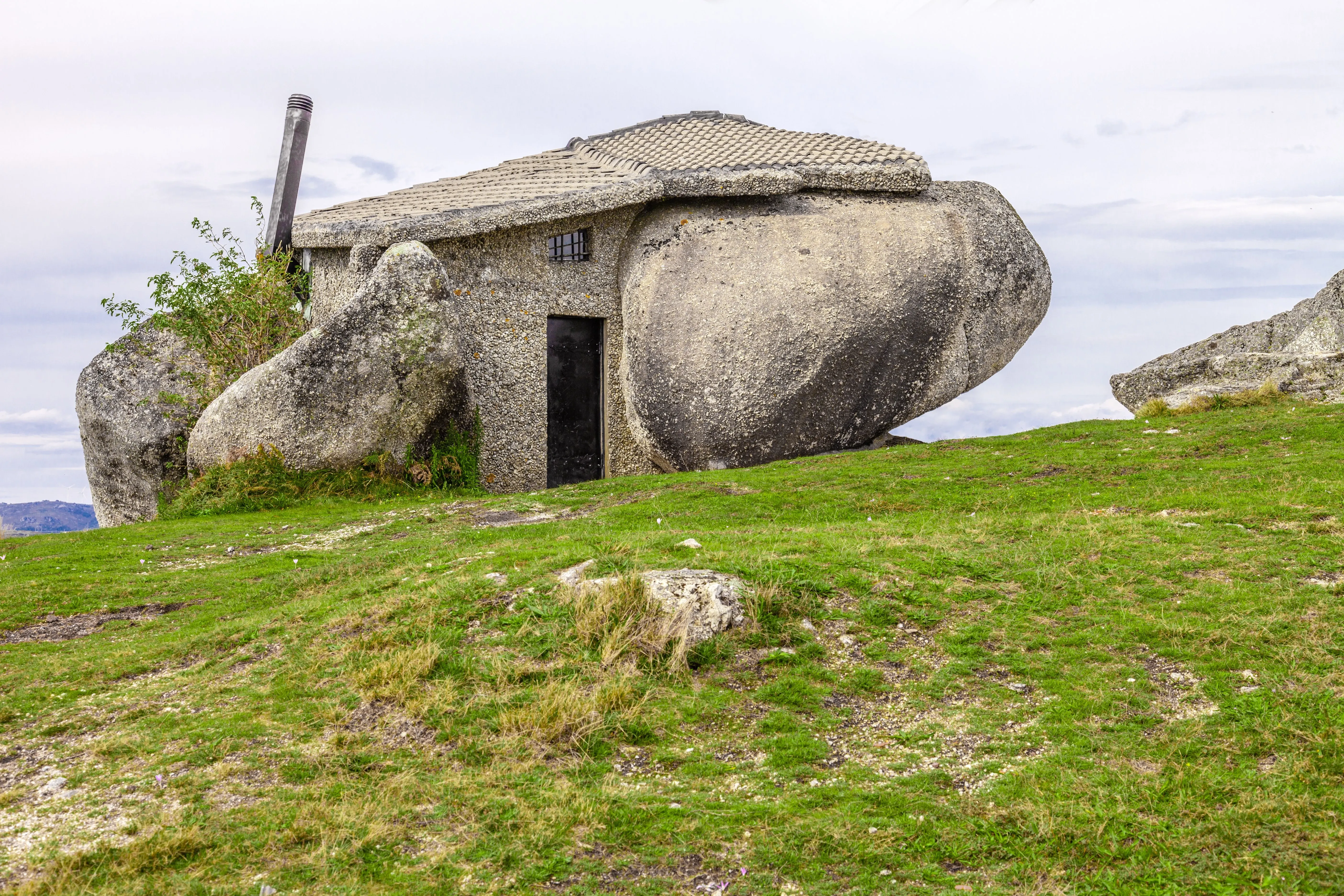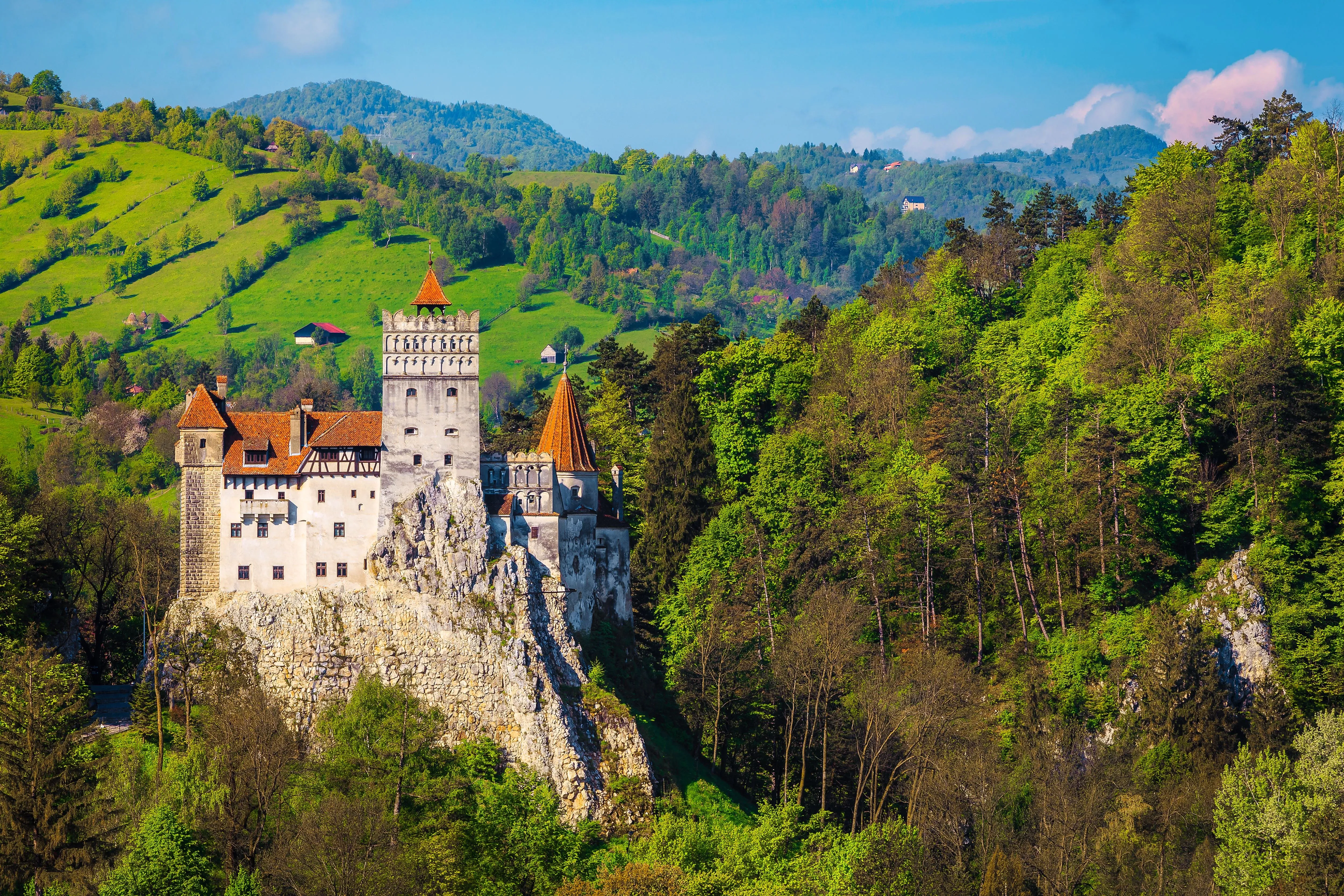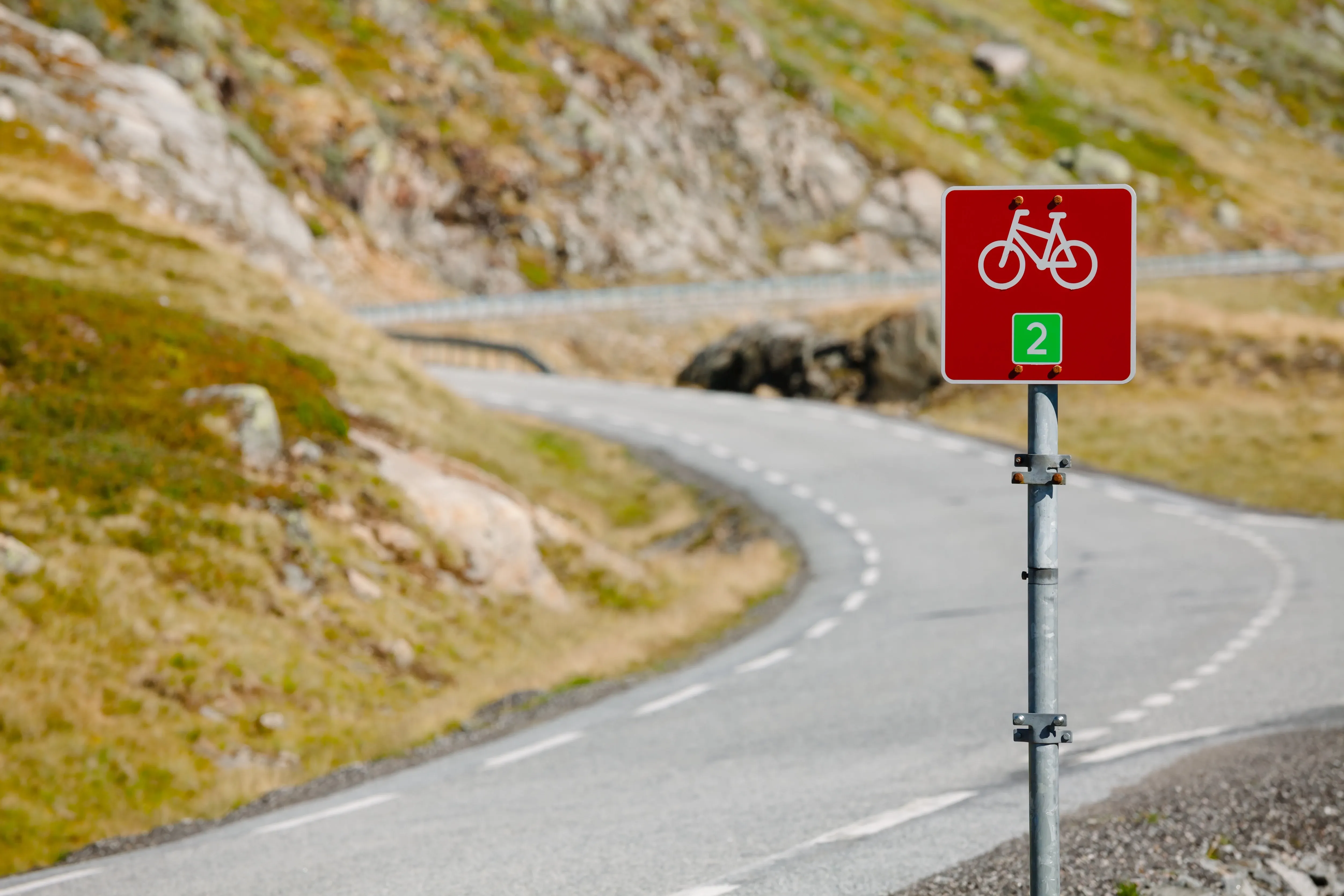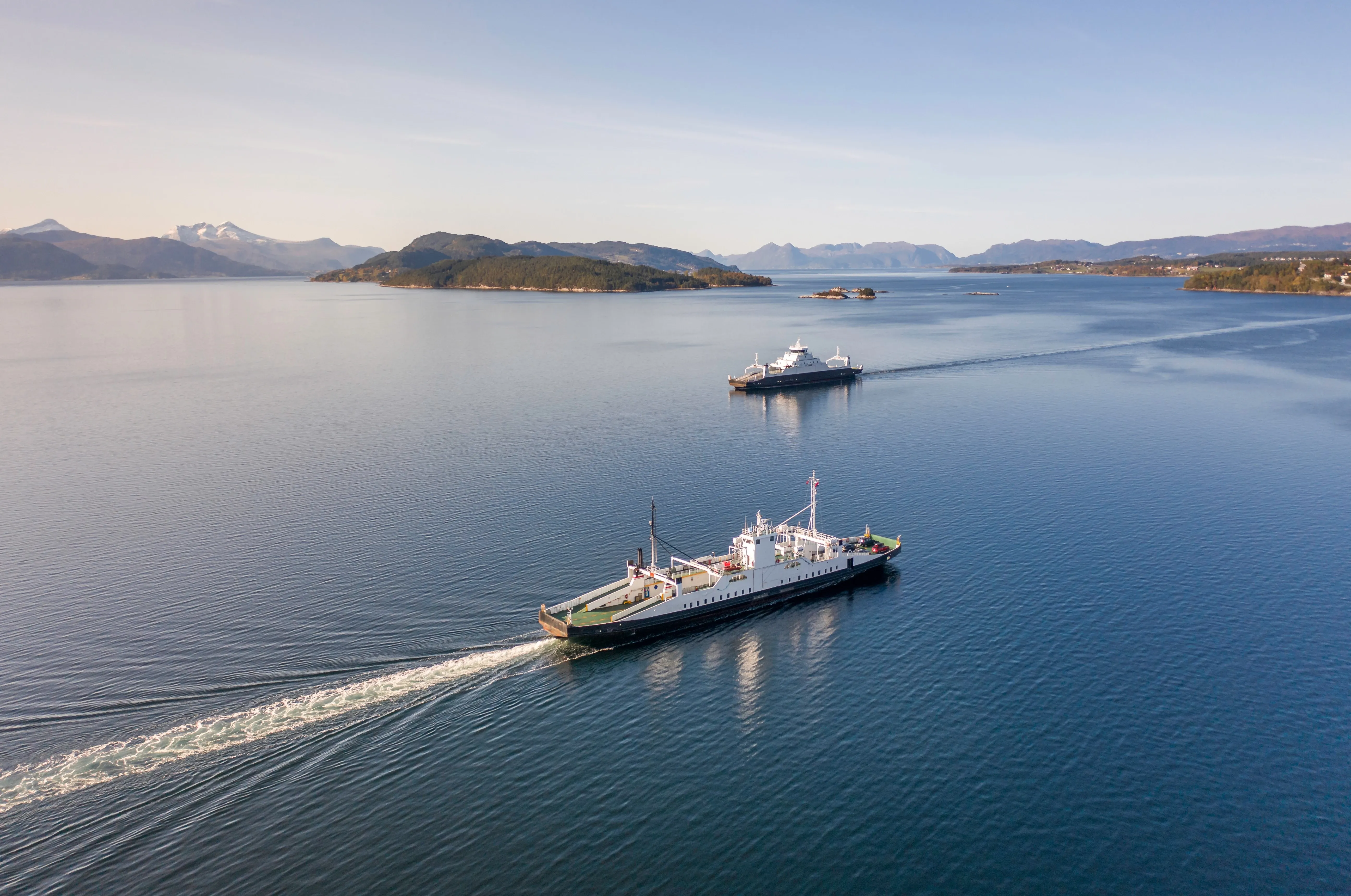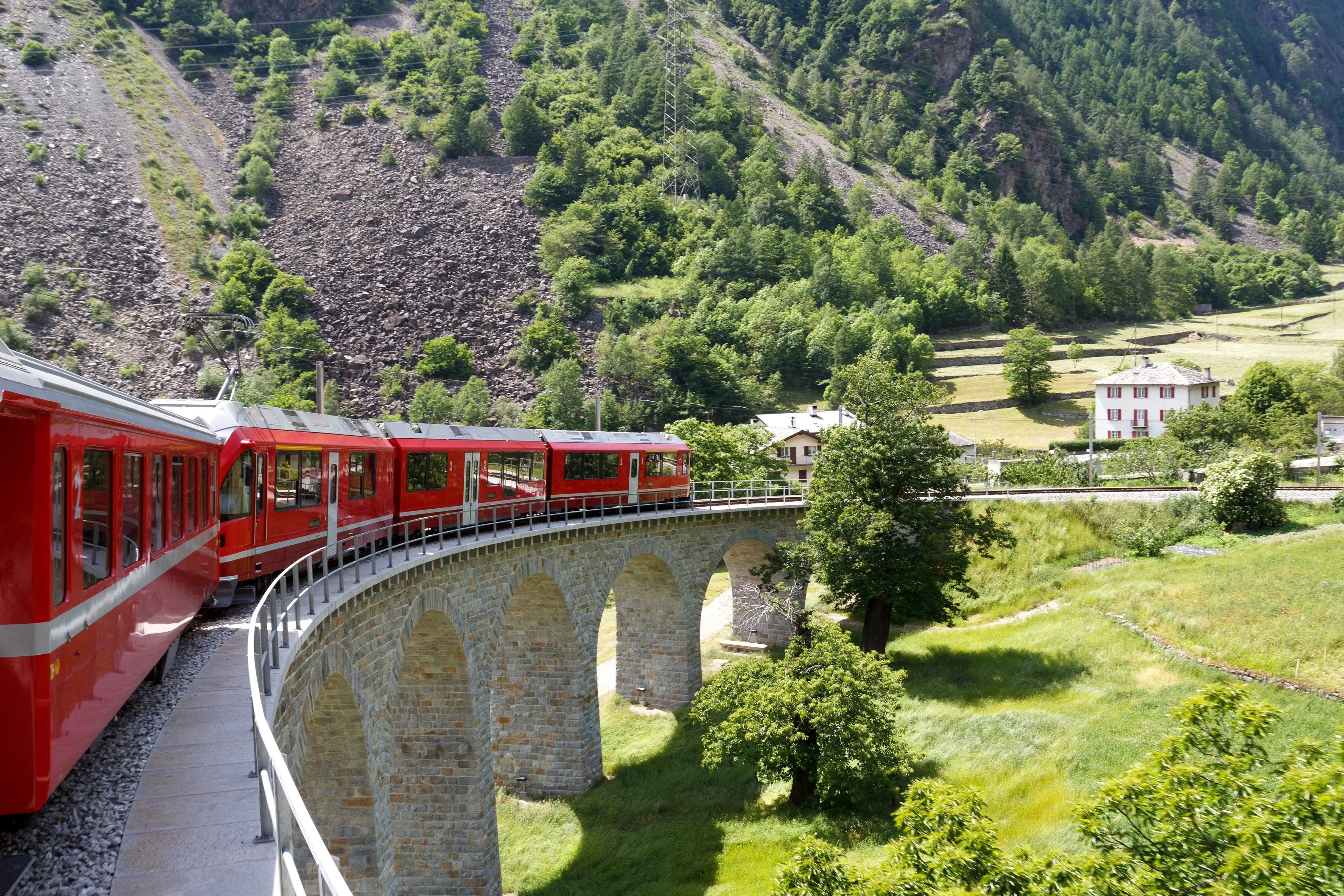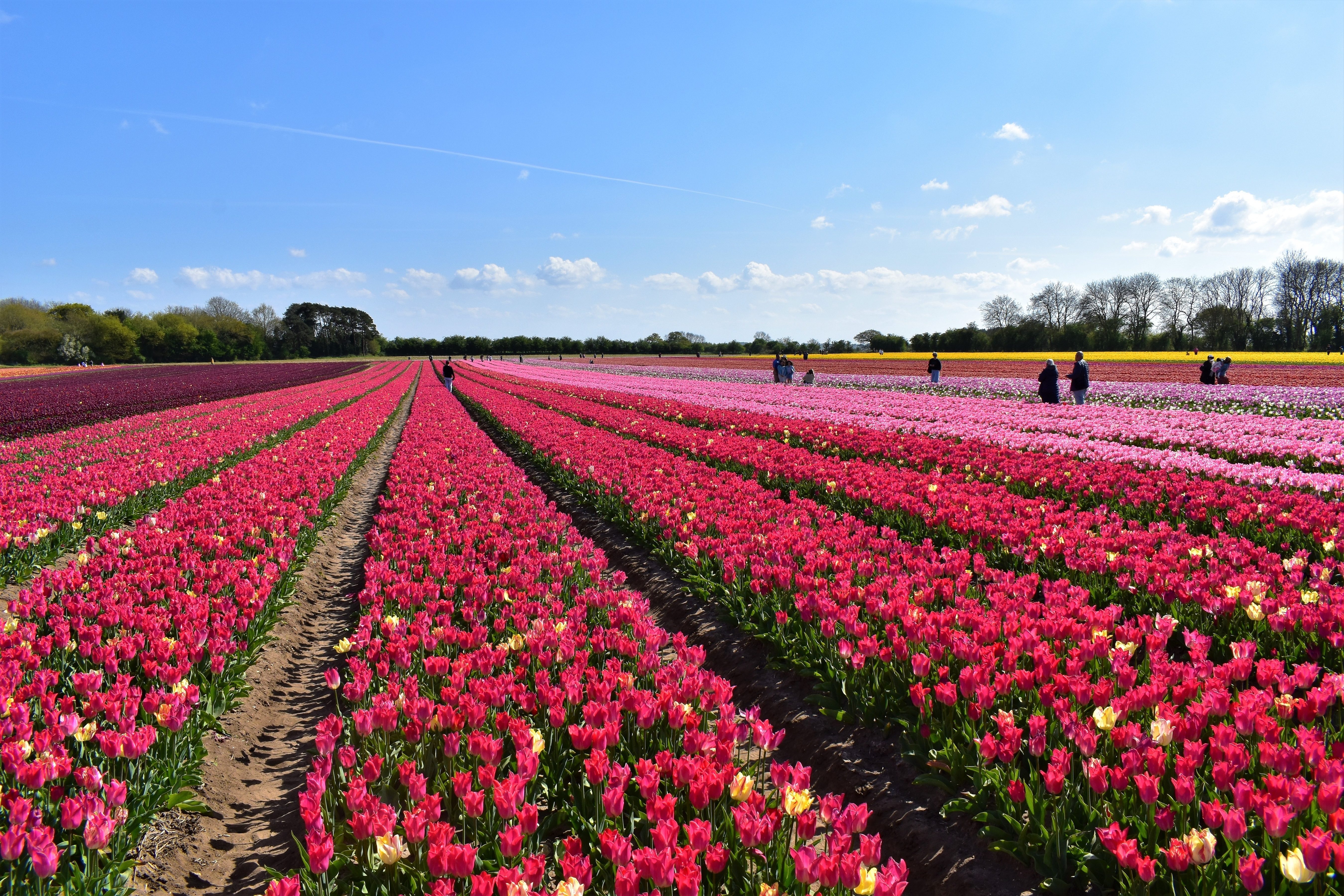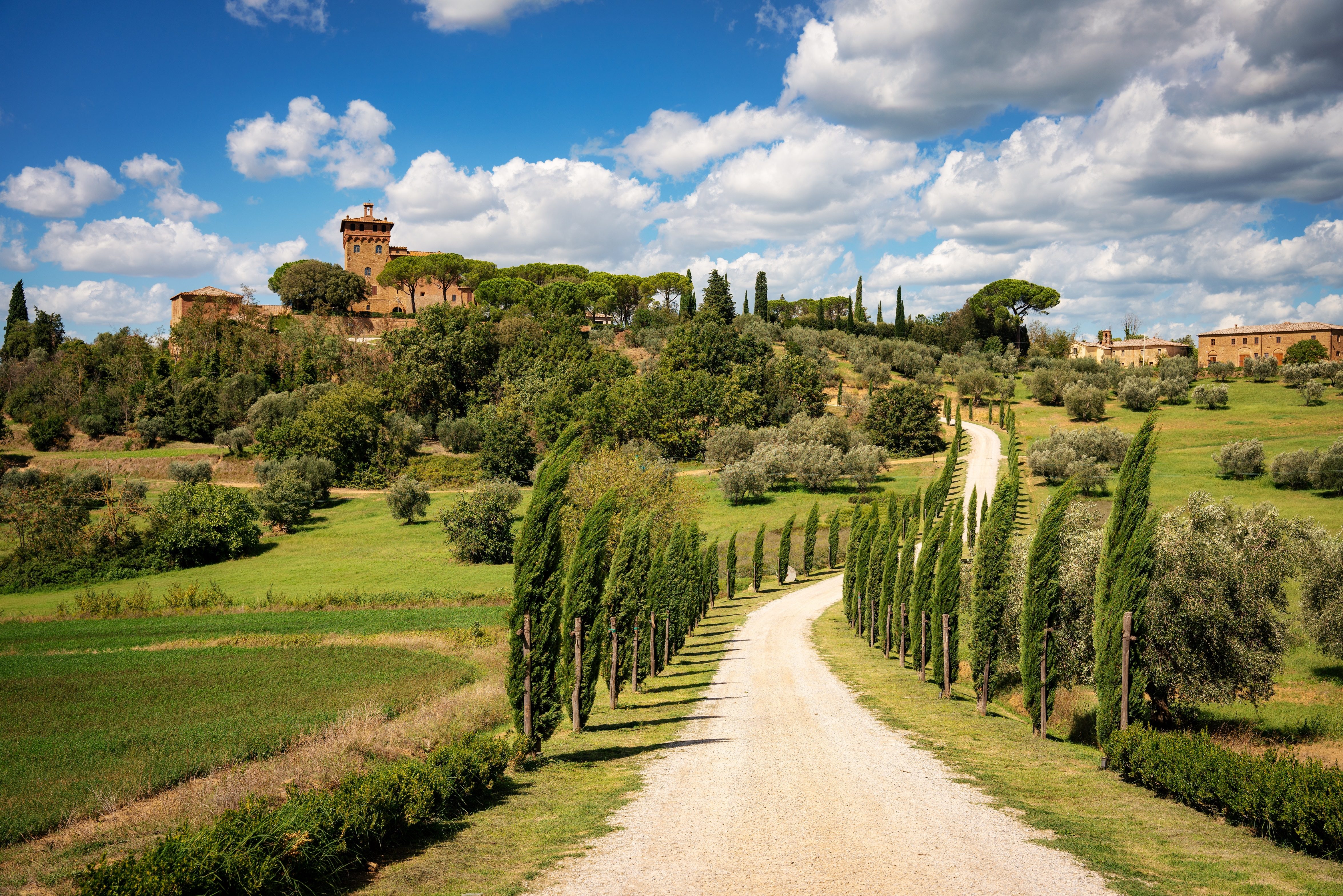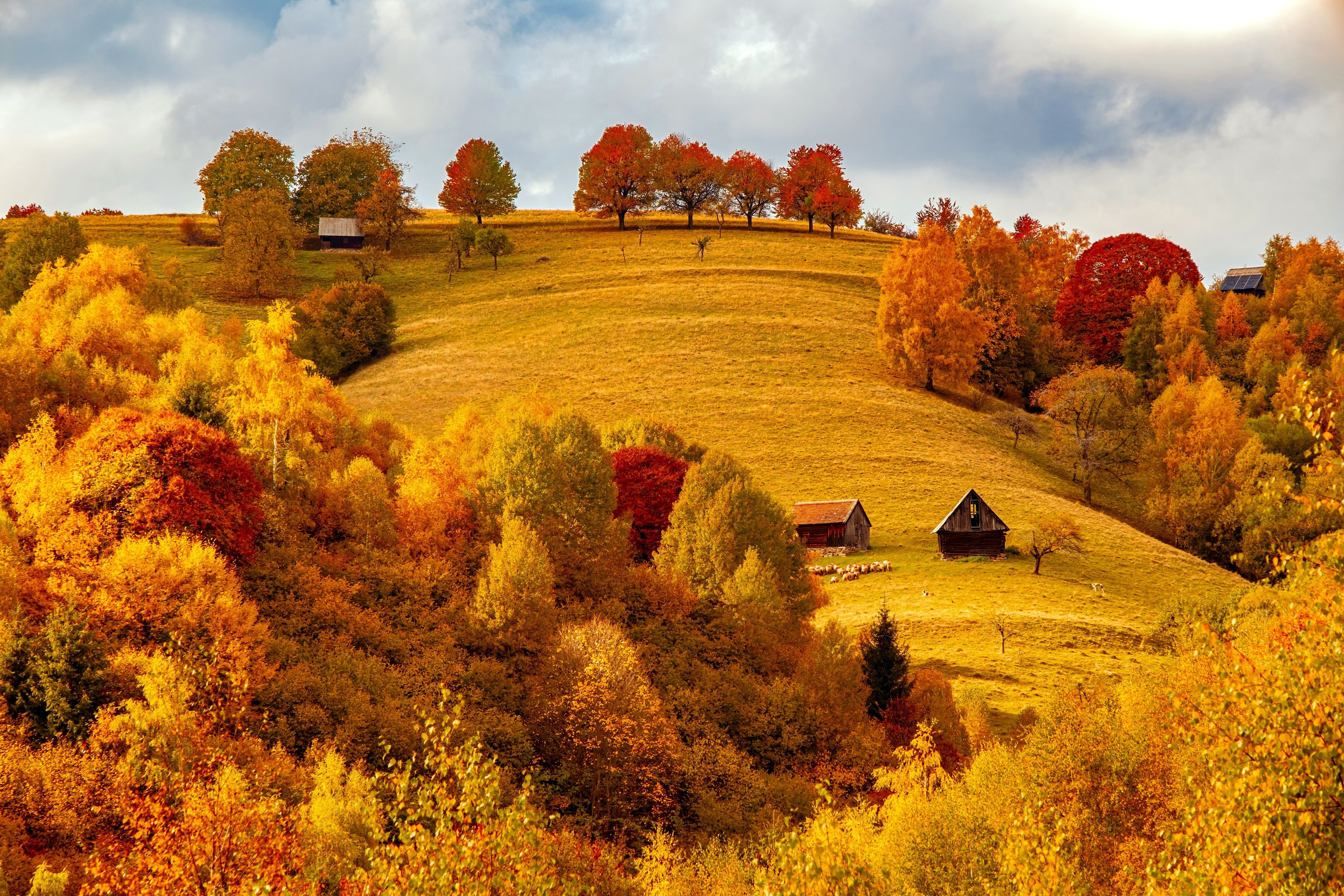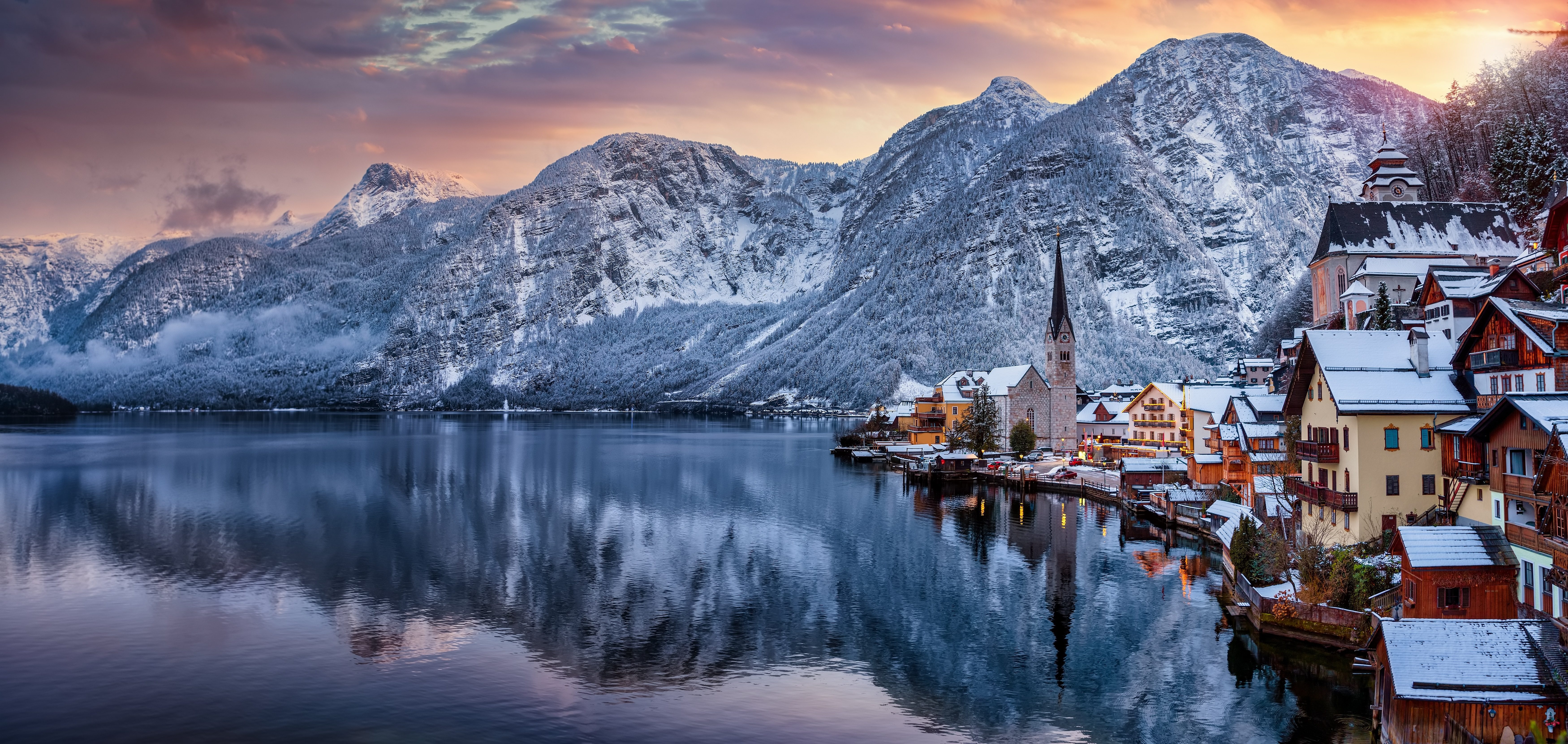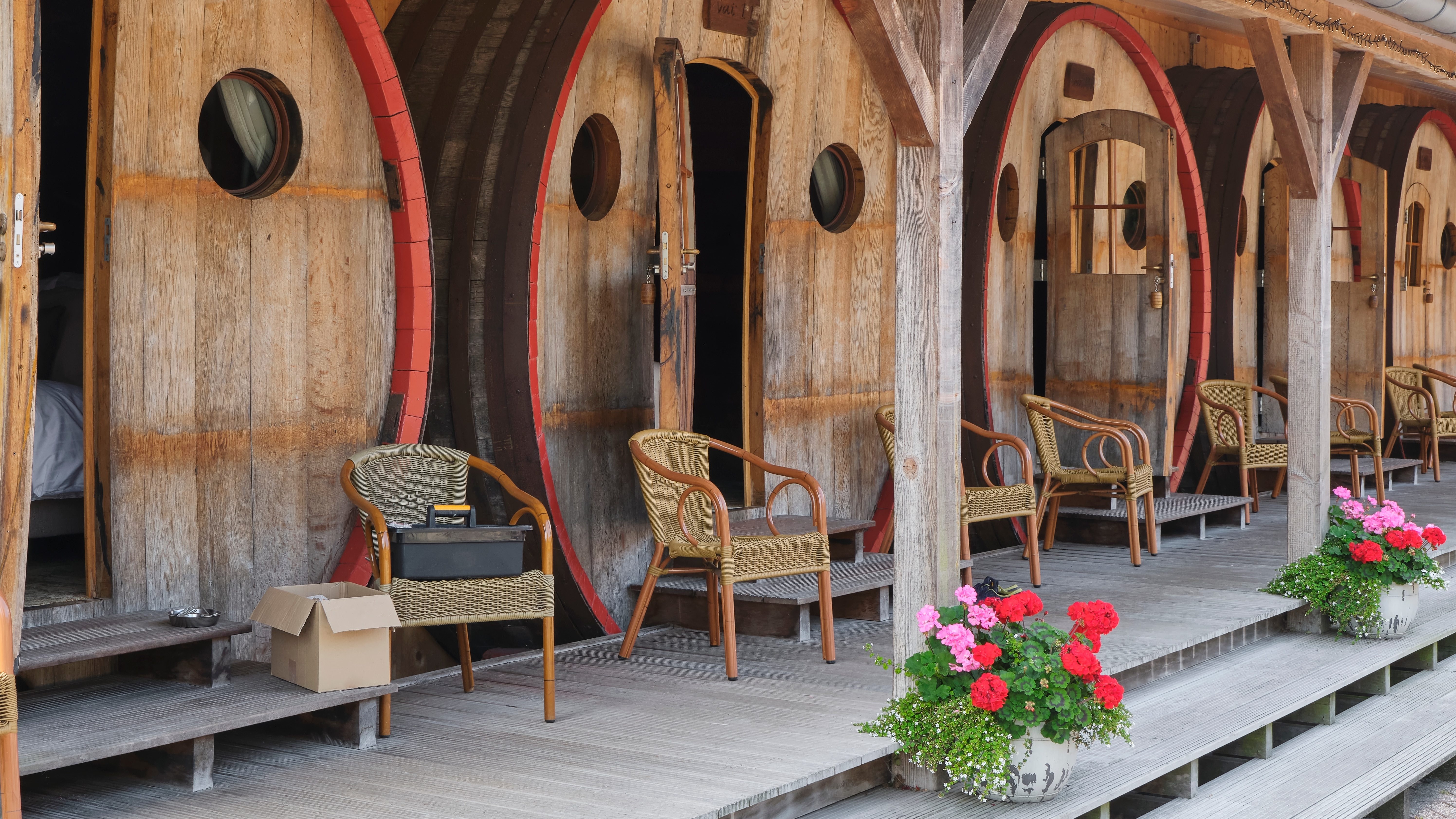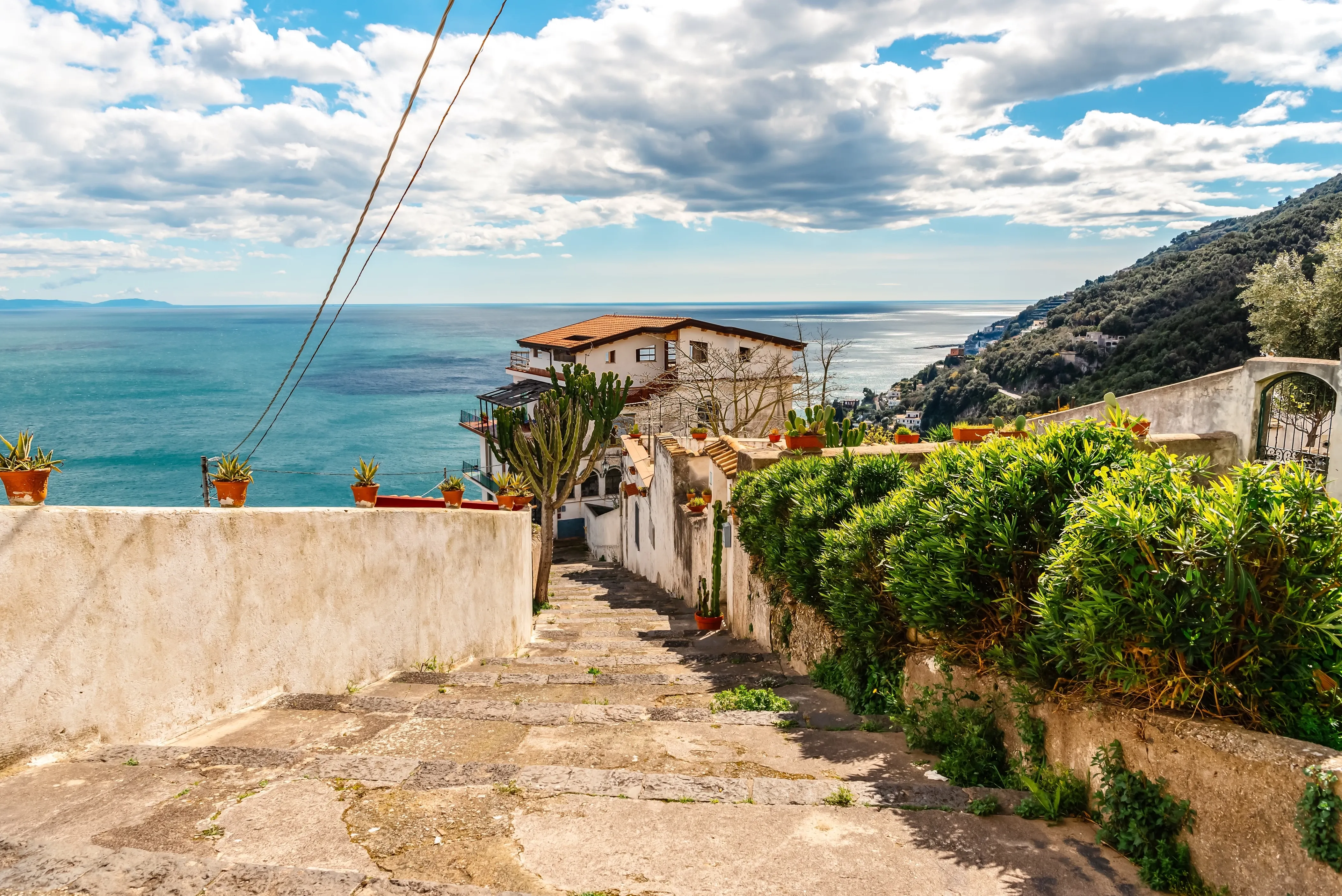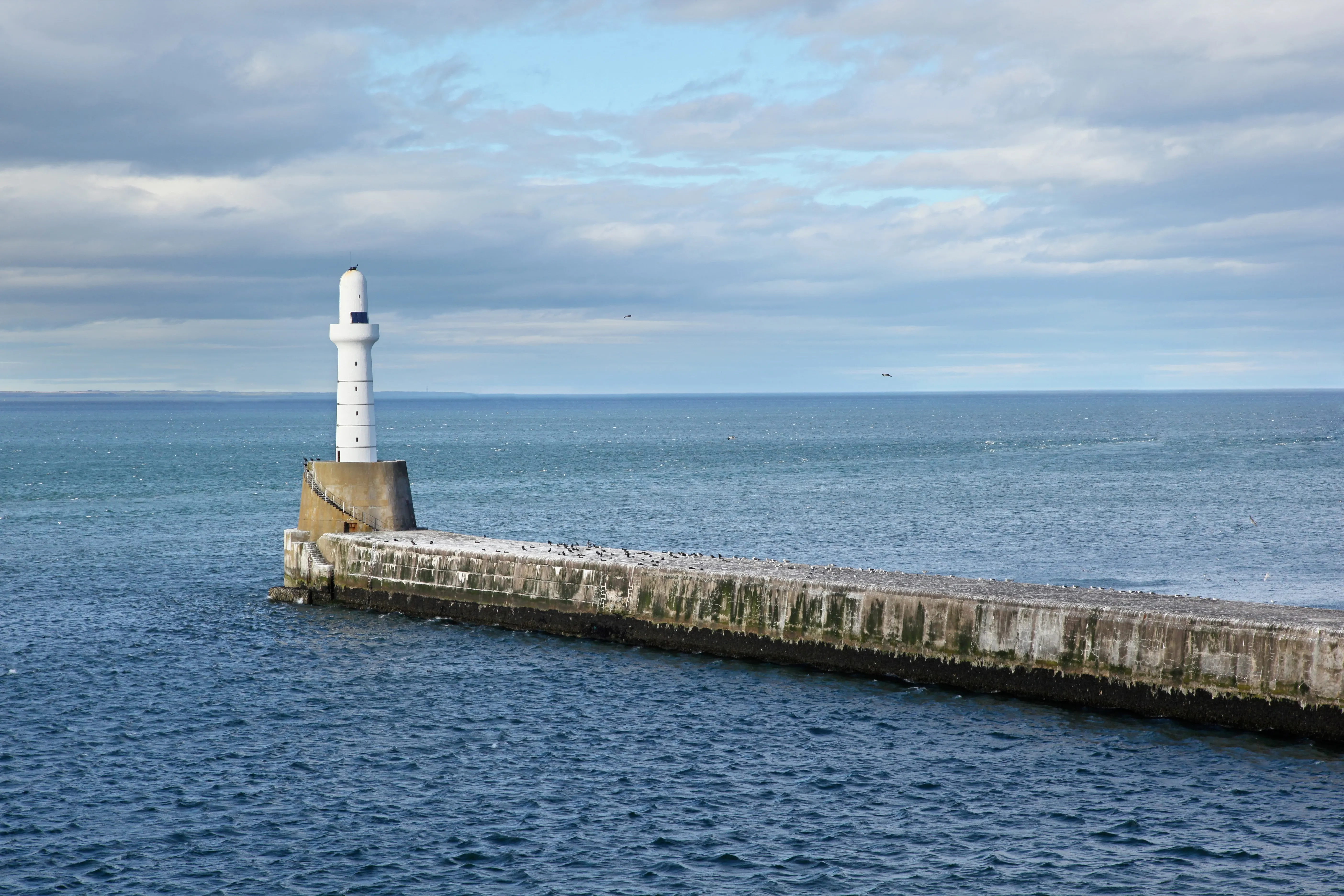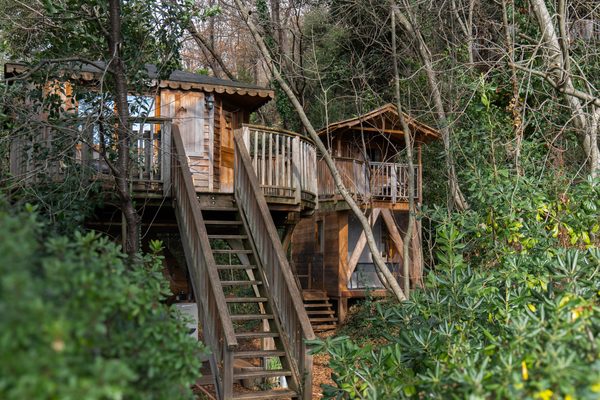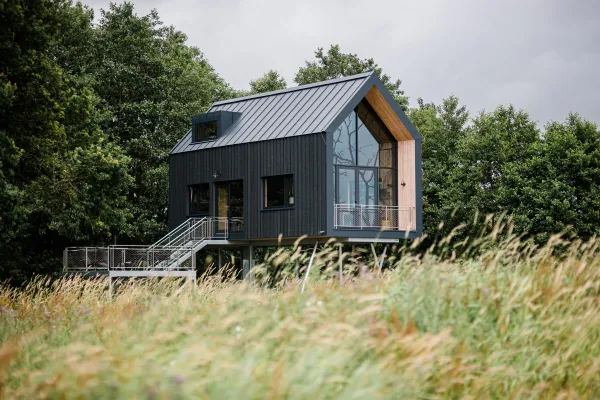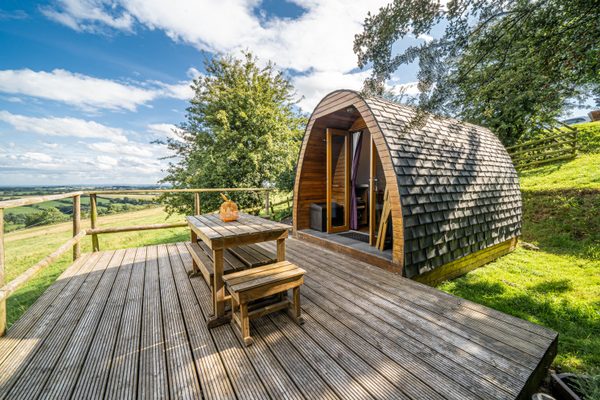Unique accommodations in Europe
Europe not only offers a fascinating history and culture but also a breathtaking variety of landscapes that can be experienced even more intensely through exceptional accommodations.
Whether it's a luxurious treehouse in the dense forests of East Frisia, an elegant igloo in the snowy winter landscapes of Swedish Lapland, or a charming trulli house in the picturesque hills of Apulia, the selection of unique accommodations is as diverse as the continent itself.
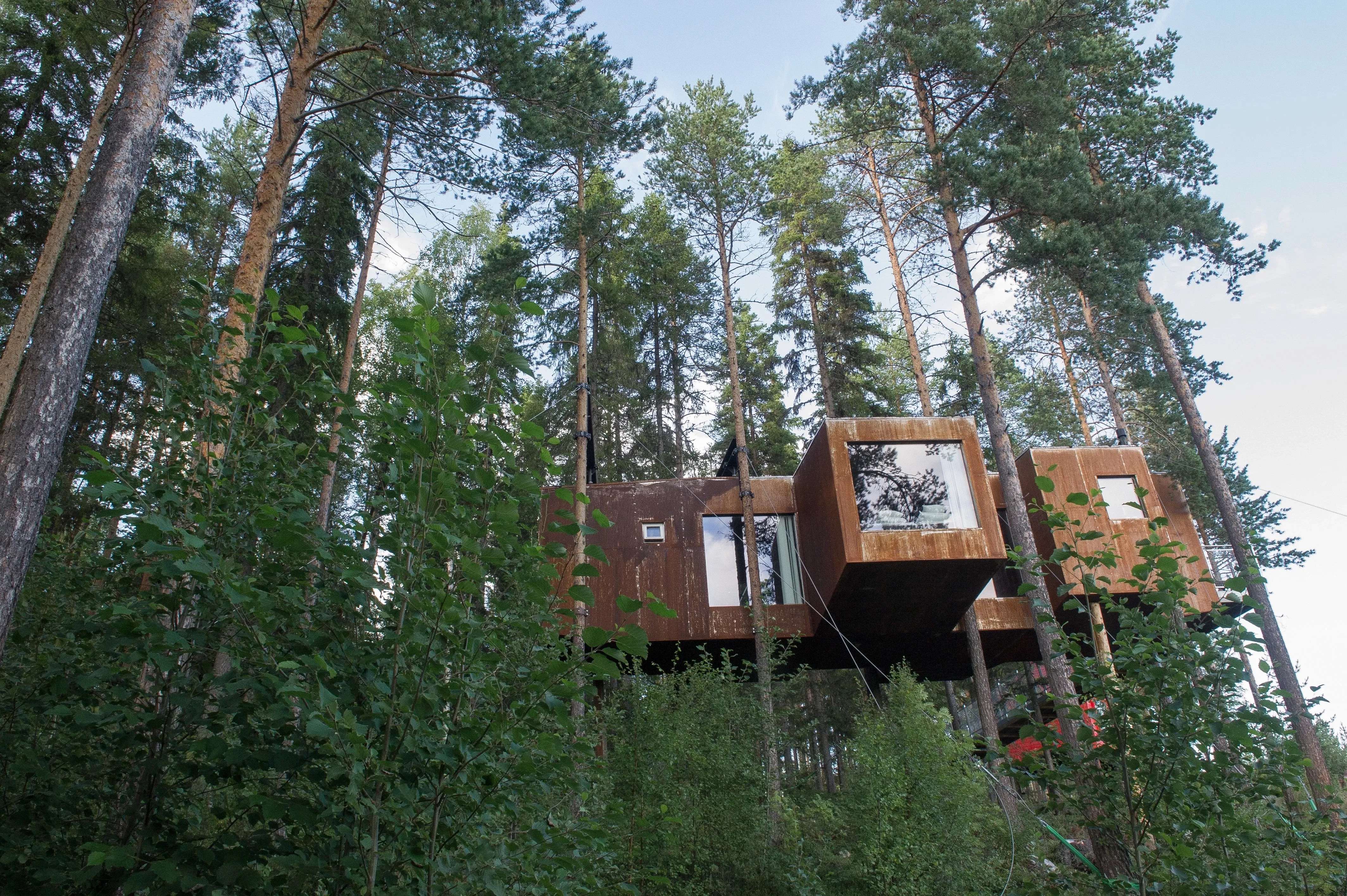
These special places to stay allow you to enjoy nature in its most beautiful form, whether through spectacular views of mountain ranges, the soothing sounds of rivers, or the tranquility of remote coastal regions. Each accommodation offers the opportunity to experience the magic of European nature in a very special way and to rediscover the interplay between humans and the landscape.
The European lifestyle
The European lifestyle is a fascinating blend of tradition, modernity, and regional peculiarities. It is reflected in people’s daily lives and is characterized by a unique diversity that varies from region to region but is always marked by elegance and quality.
Western Europe’s lifestyle is distinguished by a special appreciation for culture and art. Historical castles and magnificent gardens are not only places of beauty and aesthetics but also witnesses to good taste. French cuisine, Italian Dolce Vita, and the British tradition of afternoon tea are just a few examples of how culinary delights and cultural rituals enrich daily life.
Southern and Central Europe are known for their relaxed lifestyle and proximity to nature. In Mediterranean regions like the sunny coasts and olive groves of Spain and Greece, outdoor life plays a central role. Long, warm summer evenings are often spent in convivial gatherings with tapas or meze, while the mild climate invites outdoor activities. In the Alpine regions of Switzerland and Austria, majestic mountains and clear lakes shape a lifestyle that emphasizes both sporting activities and relaxation in nature.
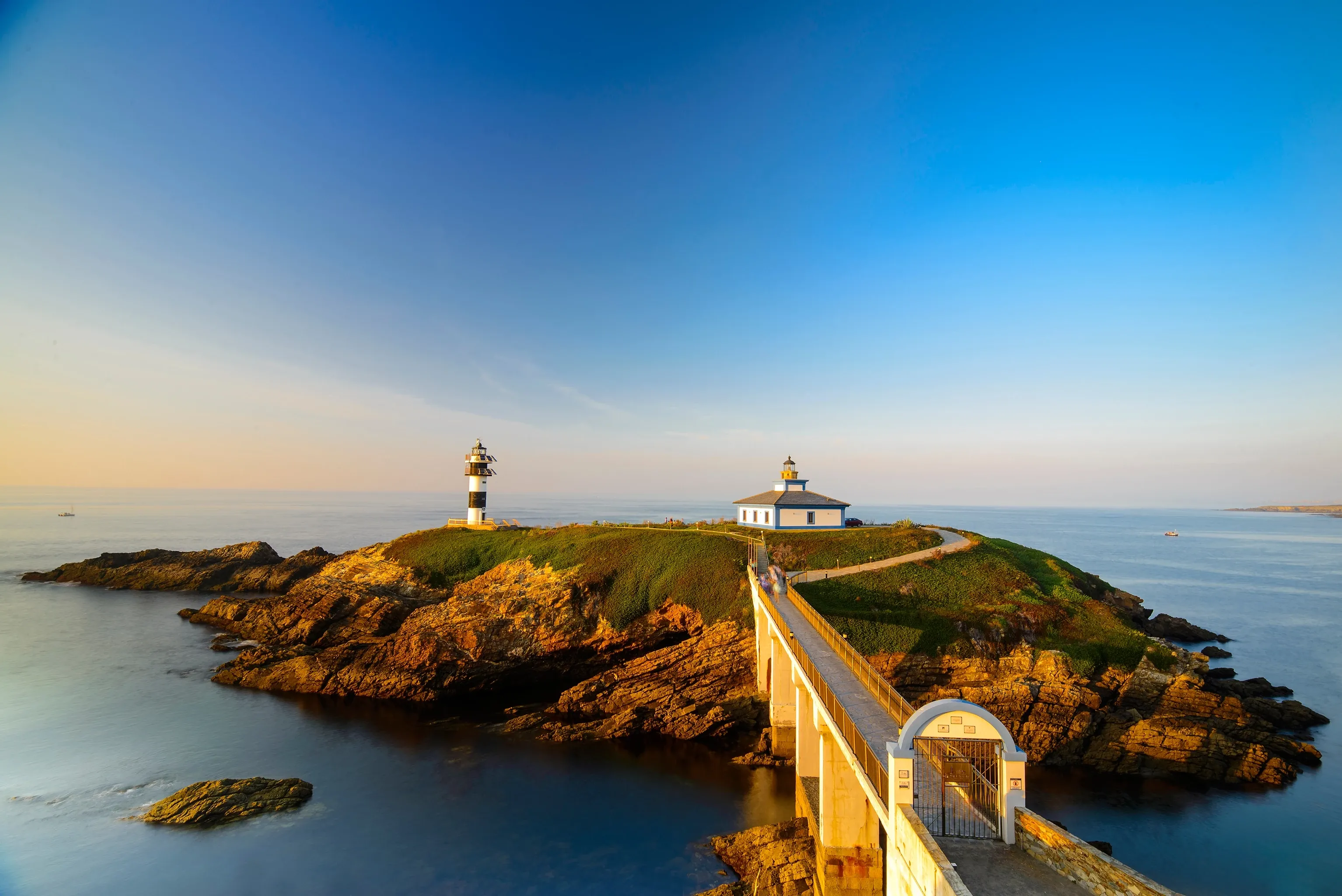
Eastern Europe offers a mix of historical splendor and modern flair. Magnificent castles and vibrant cultural sites combine venerable architecture with a dynamic cultural and nightlife. Here, traditional craftsmanship and contemporary art merge into a unique experience that unites the charm of bygone times with the pulse of the present.
Scandinavia, on the other hand, is characterized by a minimalist and sustainable lifestyle. The untouched nature of Scandinavia, with its clear lakes and endless forests, emphasizes simple elegance, high quality of life, and environmental consciousness. Scandinavian design, which focuses on functionality and clarity, influences both architecture and everyday objects, contributing to a calm, harmonious way of life.
This unique diversity, manifested in Europe's nature, culture, and lifestyle, makes a trip to Europe incomparable. From exploring majestic mountain landscapes and picturesque coasts to encounters with fascinating traditions and contemporary art forms, Europe offers a kaleidoscope of experiences so rich and varied that every trip becomes an unforgettable adventure. This diversity of experiences and inspirations not only contributes to a unique way of life but also makes every trip a profound and enriching experience.
Discover unique stays and natural wonders in Europe
A variety of transportation options ensures that Europe can be experienced in all its splendor and diversity – whether through rapid train rides, leisurely bike rides, or idyllic boat tours.
The European rail network, a true masterpiece of engineering, connects fascinating destinations with high-speed trains like the Eurostar, Thalys, and AVE. These trains glide through breathtaking landscapes, offering not only lightning-fast connections but also panoramic journeys through picturesque scenarios.
For those who crave even more freedom, a rental car opens up the possibility of exploring hidden gems and idyllic landscapes at your own pace. The roads become stages for unforgettable adventures, while the freedom of the open road opens up new horizons. In many regions, cycling becomes a highly popular mode of transportation. With extensive bike paths and a particularly bike-friendly atmosphere, every outing becomes a lively dance through urban flair and green oases.
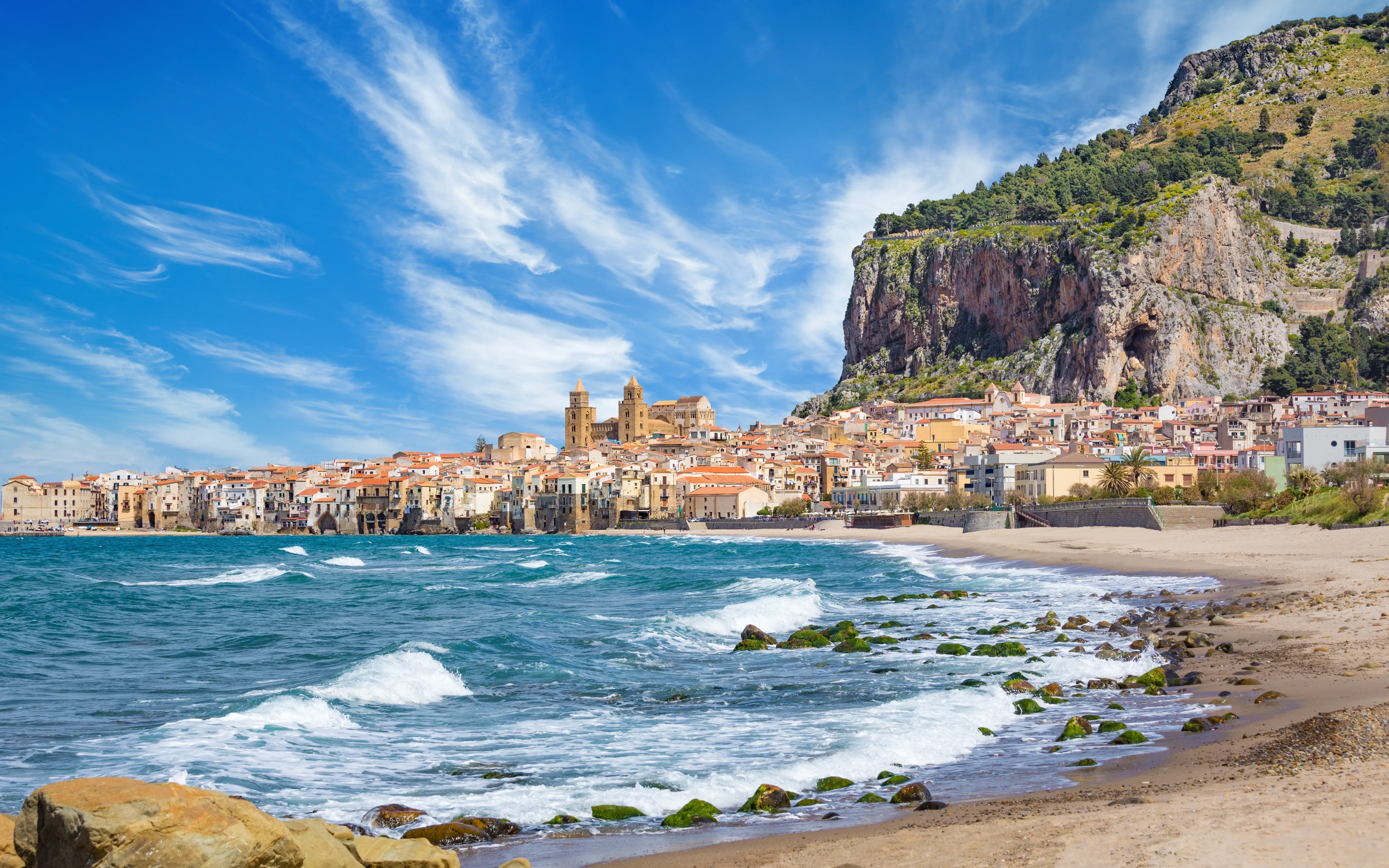
For exploring scenic coastlines or enchanting islands, ferries and boat trips are a true highlight. In countries like Greece and Croatia, they provide access to stunning coastal stretches and mysterious islands that entice with their sparkling waters and pristine beaches. For exploring rural areas or untouched nature, regional bus lines, trams, and special tourist buses take you on fascinating discovery tours.
With these options, every trip becomes an unforgettable adventure that unfolds the beauty and culture of the continent in all its colorful splendor.
Typical Europe: Travel mixed with environmental consciousness
Environmental awareness is an extremely important issue in Europe, given the continent's large population, many industries, and limited space compared to its siblings. The trend towards “eco-friendly and sustainable” travel is gaining increasing importance in the travel industry, as many travelers want to connect with nature and travel responsibly. Not only do valuable transportation options like night trains or bicycles play a role, but so do unique accommodations integrated into nature. Many eco-hotels, eco-lodges, and other special accommodations are committed to environmentally conscious coexistence.
They often use natural materials like wood in new constructions and are inspired by local lifestyles. A good example is the various camping options in Denmark, which draw on the local traditions of "hygge" (well-being) and create cozy interiors. Everything from fireplaces with fluffy carpets to wool socks and cuddly blankets in the rooms is provided. Warm lighting or solar lanterns contribute to the overall feel-good atmosphere. In the Alps, fresh spring water, breathtaking mountain panoramas, the sound of sheep, goat, and cowbells, and dried wildflowers on checkered tablecloths add to the charm, making you feel like you've stepped into the story of Heidi.
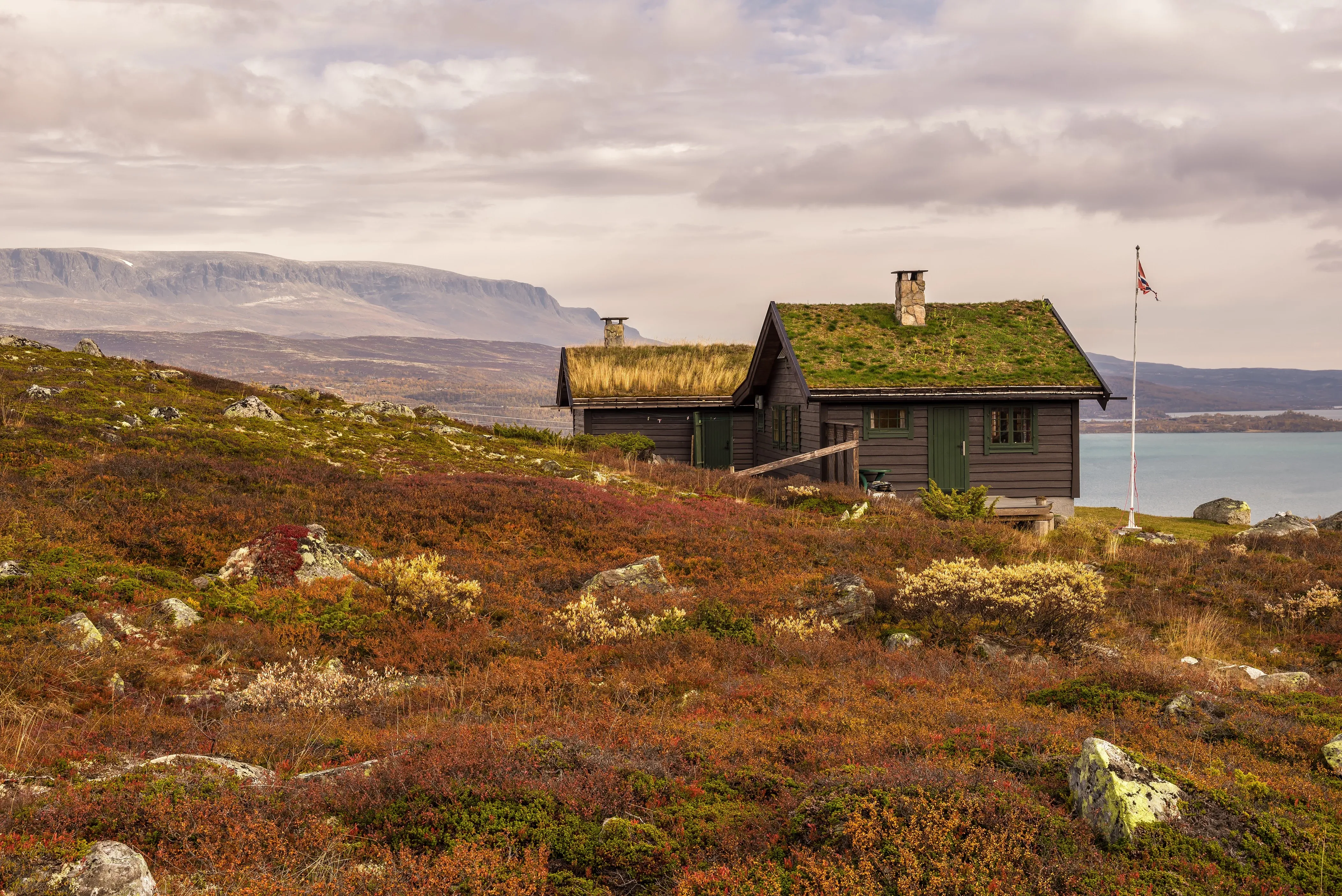
Agriturismo in Italy, France, or Balkan regions like Macedonia, Bosnia & Herzegovina, or Albania is also becoming increasingly popular with travelers. Responsible travelers support local farms and sometimes help with grape picking or harvesting, cooking and enjoying local specialties together in the evening. Various eco-labels reflect a commitment to environmental responsibility, all aiming to minimize environmental impact.
The combination of natural materials like wood and stone in exterior decoration, lifestyle in interior decoration, rainwater harvesting systems, natural ventilation techniques, and energy consumption makes Europe unique in eco-tourism. Sustainable initiatives not only preserve breathtaking landscapes, impressive wildlife species, and local lifestyles but also promote generally environmentally conscious travel practices.
»Europe is the answer. What was the question?«
Unique accommodations - frequently asked questions
What types of unique accommodations can I find in Europe?
Europe offers not only fascinating and spectacular natural wonders but also an increasing number of unique accommodations that focus on an eco-conscious aspect and integrate into pristine natural worlds. From tree houses in the middle of the forest to eco-lodges, glamping tents, self-catering huts or tiny houses - in Europe you can have very special experiences.
Treehouses - Unique connections to nature
In East Frisia, Germany, in Sweden, France, or Belgium, nature lovers can find numerous treehouses that harmoniously blend into the surroundings. From charming rustic treehouses, often with views of picturesque landscapes, to luxurious architectural wonders with underfloor heating or integrated saunas amidst mystical forests, to modern treehouses with adventurous suspension bridges and whirlpools in the mountains, the variety is vast and offers a unique connection to nature.
Lighthouses - Historic charm meets tranquil atmosphere
In Portugal, the Netherlands, Denmark, Scotland, or Croatia, there are many unique opportunities to stay in lighthouses. These special accommodations are often located in remote and scenic coastal areas and offer breathtaking views, a tranquil atmosphere, and a sense of seclusion. Guests are often treated to stunning sea views and the chance to observe wildlife, such as dolphins and seabirds. Staying in lighthouses combines maritime stories and legends with hikes, boat trips, or diving excursions. Most lighthouse accommodations are lovingly renovated and offer modern comfort while preserving their historical charm.
Ice hotels - Redefining winter wonderland
Ice hotels offer a unique and fascinating overnight experience, impressing with their extraordinary architecture and frosty atmosphere. These hotels are entirely made of ice and snow, providing an unparalleled opportunity to stay in a winter wonderland. In ice hotels or igloo cities in Sweden, Finland, and Norway, you can enjoy husky sledding experiences and reindeer watching while marveling at the northern lights' color spectacle.
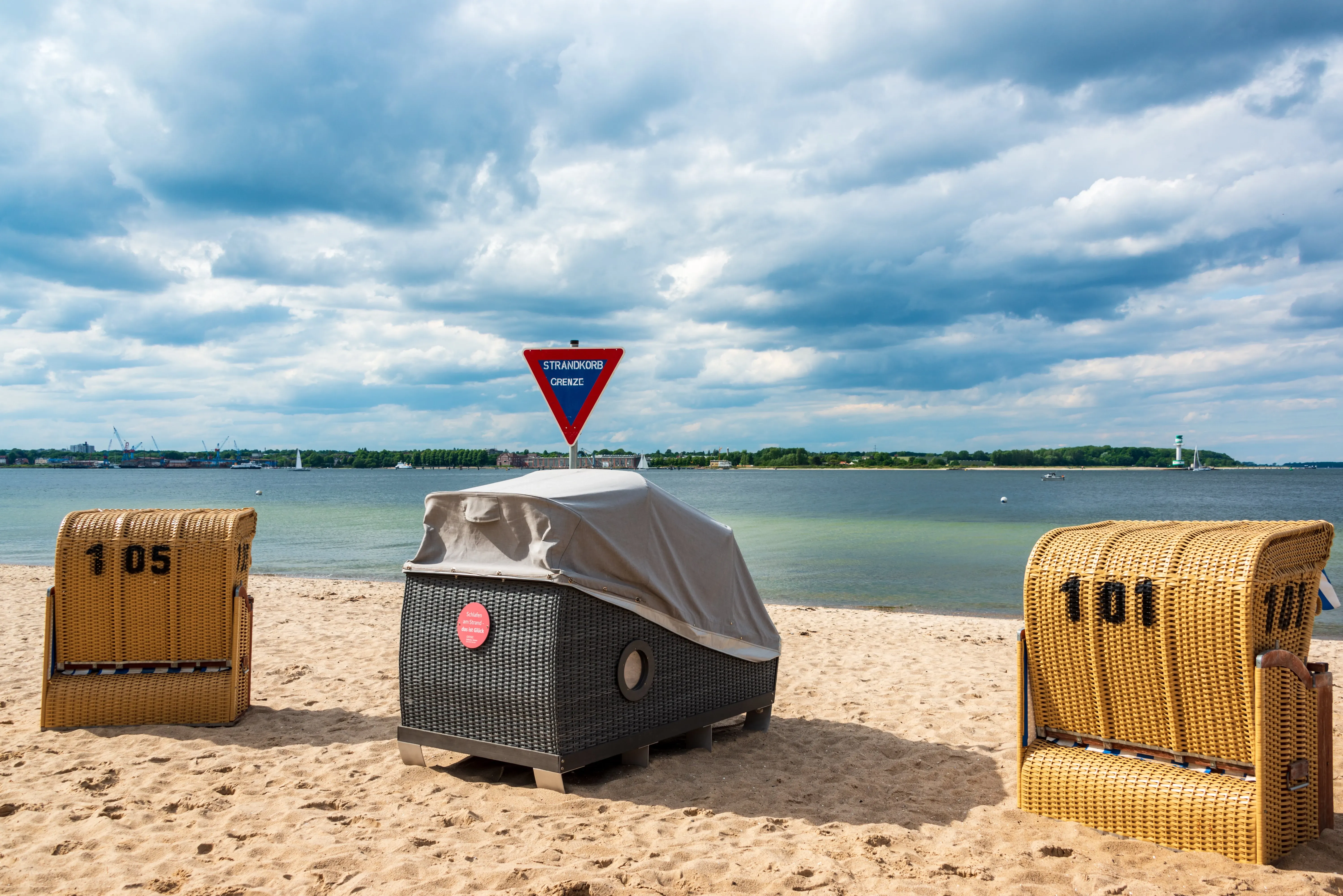
Sleeping at the beach - the upgraded beach chair
A "Strandkorb" is a charming and unique beach chair that's iconic along the coastlines of Germany, especially the North Sea and Baltic Sea. This cozy wicker seat, often with a retractable hood, offers a perfect blend of comfort and protection from wind and sun. Designed for two, it’s like your own little beachside retreat—ideal for relaxing, reading, or simply soaking up the sea breeze. With its quaint design and practical features, staying in a Strandkorb lets you experience the beach in true coastal style.
Unique stays - From castles to camping options and glass bungalows
Unique stays also include accommodations in castles and fortresses in Eastern Europe, such as Hungary, Romania, or Albania, offering unique opportunities to plan a nature trip in Europe and immerse yourself in historical stories. Luxurious yurt huts and glamping sites off the beaten path invite relaxation among forests, rivers, and glaciers. Glass bungalows in Iceland or Switzerland invite you to sleep under millions of stars and look out for shooting stars while listening to the nocturnal activities of wildlife. In Italy or Spain, travelers can stay in cave dwellings built into stone or mountains, literally surrounded by nature.
Many unique accommodations in Europe have embraced an eco-conscious lifestyle and are often situated in picturesque landscapes not far from natural spectacle.
What unique experiences are being offered in Europe?
Europe is a continent renowned for its rich history, diverse culture, and breathtaking nature. A journey through Europe offers countless unique experiences that can captivate every visitor.
Travelers staying in special accommodations in the Alps with views of glacier-covered mountains have the opportunity to experience various suspension bridge hikes or go skiing in Austria or Germany, some of which reach airy heights of 3,000 meters and offer stunning panoramic views. In Romania, visitors can walk in the footsteps of the Dracula legend in Transylvania, stay in nature-connected tiny houses, and enjoy Bram Stoker's book by the dancing firelight in the evening.
In Spain, travelers are invited to take a flamenco course or at least listen to its rhythms and pick dinner on the fields of a hacienda now serving as an eco-lodge. In Sweden, Finland, or Norway, one can embark on (midnight) kayaking tours on lakes, rivers, and fjords during midsummer nights when darkness never fully falls. As a special accommodation option, travelers can rest in a glass igloo and relax in a sauna to soothe their tired muscles.
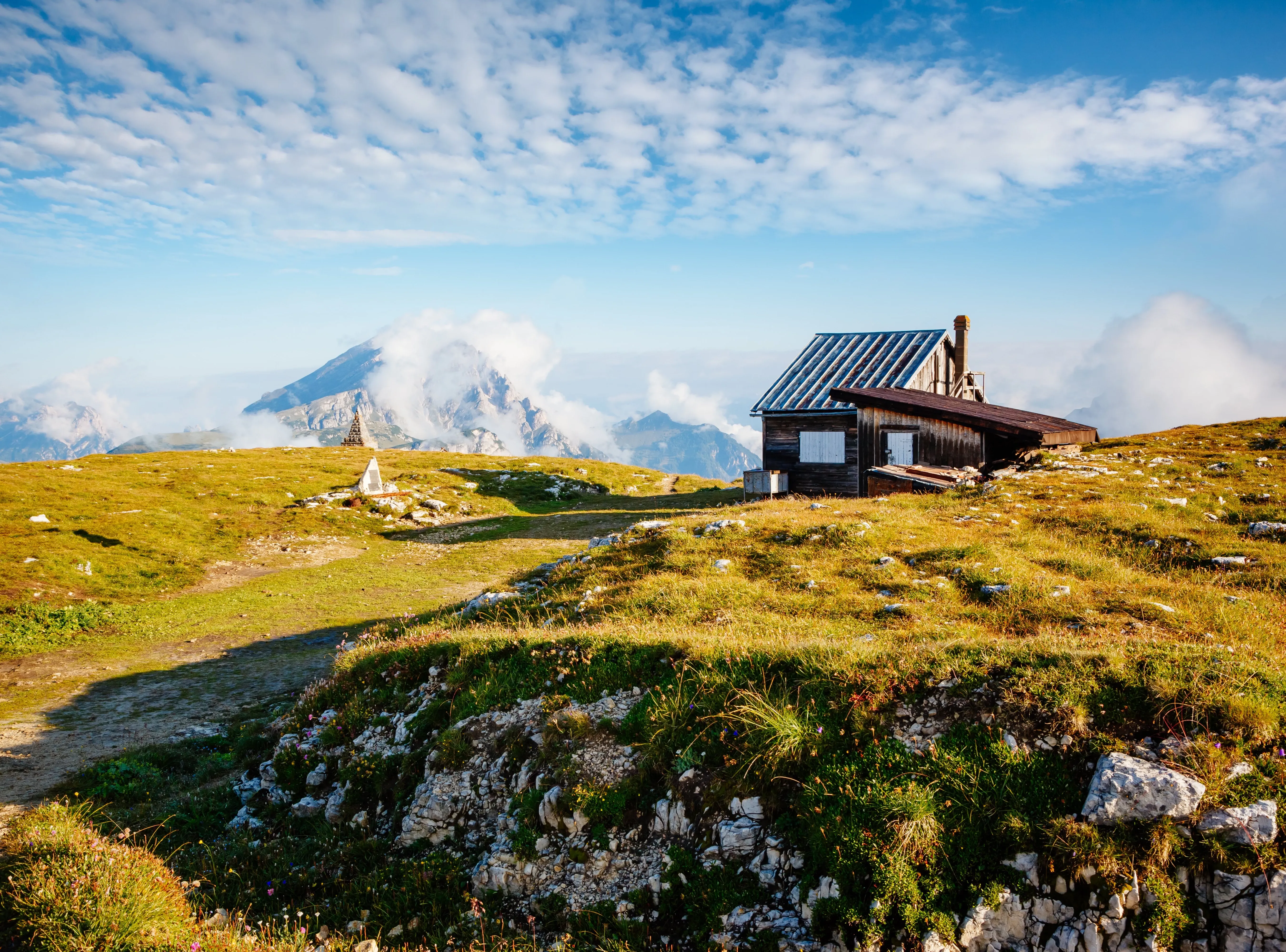
Those interested in legends of druids, banshees, and other supernatural beings will find themselves at home in Ireland, where the mystical Stonehenge area often provides goosebump-inducing moments. Luxurious campsites and cottages offer travelers a Rosamunde Pilcher moment. Additional highlights include Italy or Iceland, where adventurers can take volcano tours and hike glaciers. The Etna, the highest volcano in Europe, can even be climbed, allowing for spectacular views over Sicily while listening to the bubbling, orange-glowing lava.
Europe delights outdoor enthusiasts with numerous activities such as hiking, diving, snorkeling, wildlife watching, husky sledding, skiing, snowboarding, and kayaking. Special accommodations and eco-lodges integrated into nature are never far away.
Adventurers and adrenaline junkies will find opportunities for zip-lining, treetop walks, paragliding, bungee jumping, mountain biking, base jumping, or canyoning.
For travelers seeking relaxation, there are various retreats in untouched nature among ancient trees, crystal-clear mountain lakes, hidden coves, snow-capped mountains, and vast plains. Many unique accommodations offer the chance to recharge in a sauna, participate in a yoga class, explore the area with a stand-up paddleboard, or relax on a lounger with a captivating book, while eco-lodges increasingly embrace the idea of letting guests forage for their meals in the garden.
What costs should I expect for a visit to Europe?
Expenses for a visit to Europe can vary widely depending on factors such as destination, travel time, accommodation, transportation, and individual preferences. It is important to bear this in mind when planning your trip and to obtain country-specific information in this regard.
Travel and transportation costs – Early booking is key
Traveling by plane to Europe is often one of the largest expenses. It's advisable to book early and outside of peak season, and to look for deals to save money. Train travel is a popular and often cost-effective option, especially if booked in advance. In countries like Germany, France, and Italy, high-speed trains provide fast connections between major cities.
Prices can vary significantly, but deals and early booking rates often offer affordable tickets. Rental cars are a flexible option, especially in rural or less well-connected areas. Costs for rental cars depend on the type of vehicle, rental duration, and insurance, but are generally less expensive than many assume.
Accommodation costs – Rural areas and off-the-beaten-path save money
Accommodation costs vary depending on the country, city, and type of lodging. In expensive cities like London, Paris, or Zurich, hotel rates can easily exceed 150 Euros per night. In other regions, particularly in Eastern Europe or rural areas, prices are significantly lower.
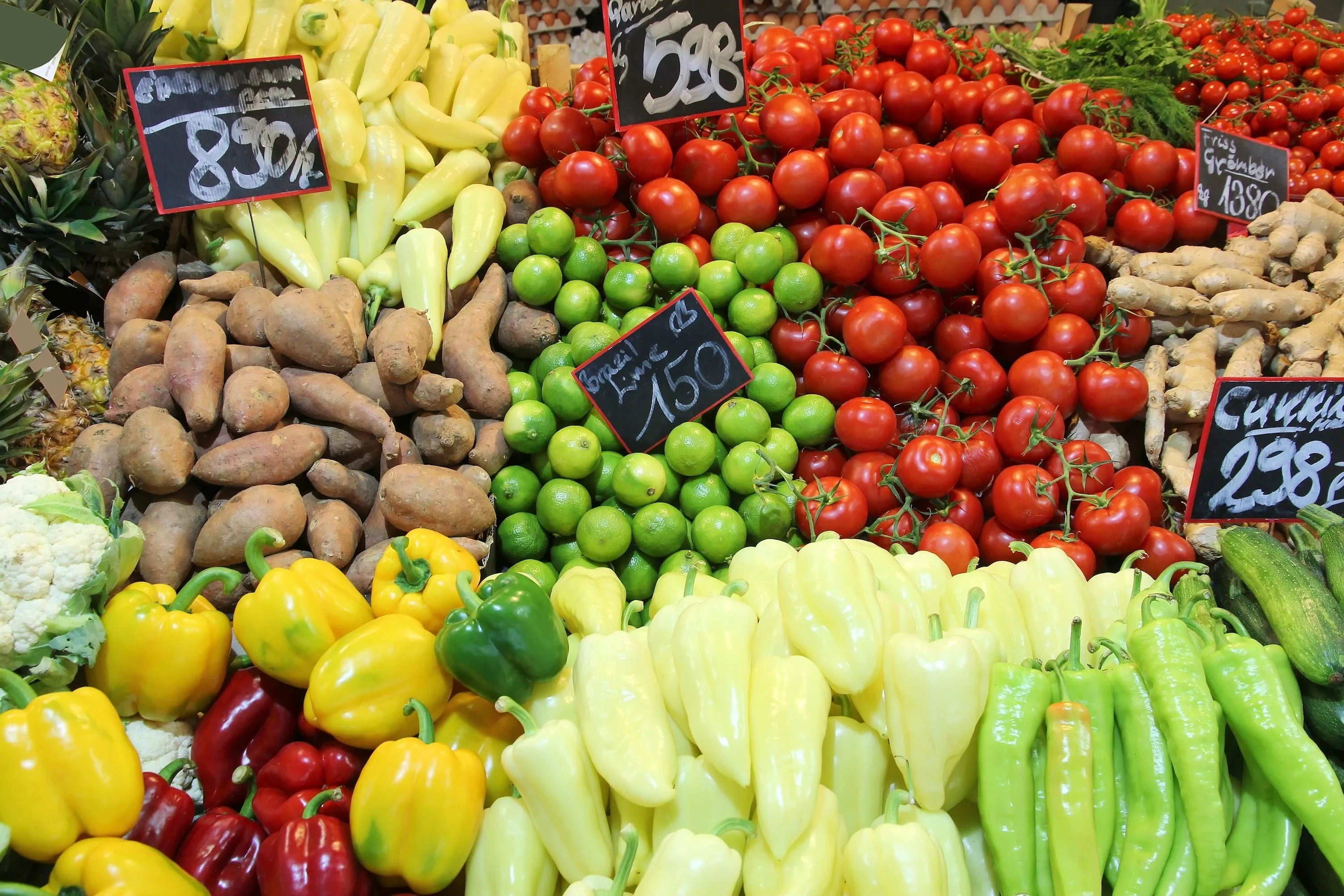
Food costs – Save money by experiencing local cuisine
Food costs in Europe can vary widely. In cities, restaurant prices are often higher, especially in tourist areas. For more affordable dining, supermarkets, bakeries, and markets often offer tasty and budget-friendly options. Street food and local specialties are not only cost-effective but also a great way to experience regional cuisine.
Overall costs for a European trip depend heavily on travel style and visited regions. For a budget-conscious trip using hostels and public transport, you can expect to spend around 50 to 100 Euros per day. A mid-range budget, including hotels and occasional restaurant visits, is more likely to range from 100 to 200 Euros per day. For a more luxurious trip with upscale hotels, fine dining, and private tours, costs can be significantly higher.
Good planning and flexibility with travel dates and destinations can help reduce costs while maximizing the travel experience. Europe offers unforgettable experiences for every traveler, regardless of budget.
When is the best time to explore Europe?
The ideal time to visit Europe depends on individual interests, desired travel experiences, and the climatic conditions of different regions. Here are some considerations for planning a trip to Europe:
Spring (March to May)
Advantages:
- Mild weather: Spring brings milder temperatures and blooming landscapes, which is particularly pleasant in Southern Europe and the Mediterranean countries.
- Fewer tourists: The high season has not yet started, so popular attractions are less crowded.
- Blooming season: Regions like the Netherlands with their famous tulip fields or gardens in France and England are in full bloom and offer spectacular views.
Challenges:
- Unpredictable weather: In northern and western regions, the weather can still be unpredictable, with occasional rain showers.
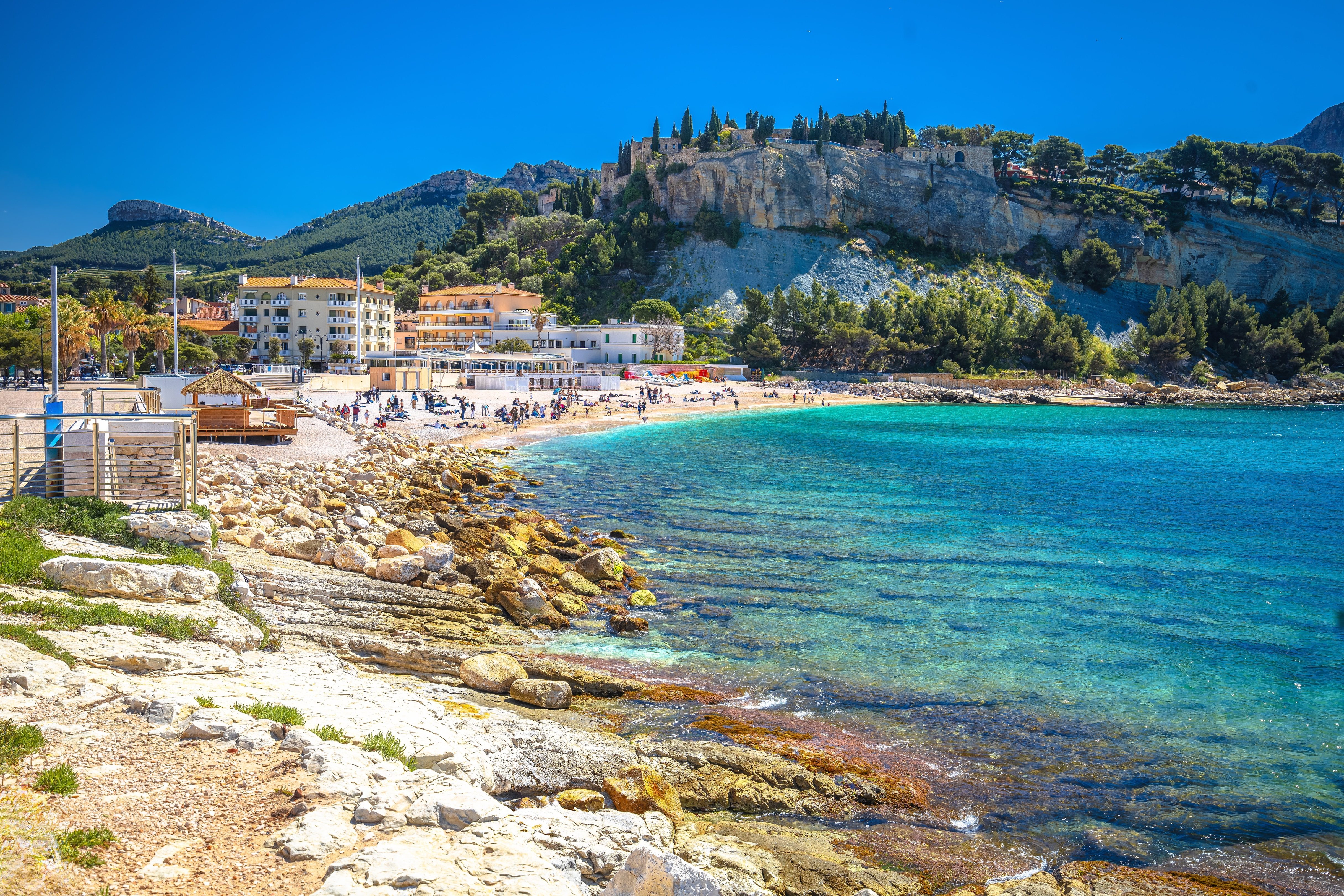
Summer (June to August)
Advantages:
- Warm weather: Summer is the best time for beach holidays in Southern Europe and for outdoor activities such as hiking and sightseeing.
- Festivals and events: Many cities and villages in Europe host summer festivals, music events, and cultural celebrations.
Challenges:
- High season: This is the most popular travel time, leading to higher prices for flights and accommodations. Many tourist spots are heavily visited.
- Heat: In Southern Europe, temperatures can become very high, which may be uncomfortable for some travelers.
Autumn (September to November)
Advantages:
- Pleasant weather: Autumn often offers pleasant temperatures, ideal for city tours and hiking.
- Less tourists: After the summer vacation period, tourist crowds decrease, providing a quieter experience.
- Autumn colors: The foliage in countries like Sweden, Albania, and Poland offers a breathtaking backdrop.
Challenges:
- Shorter days: Days become shorter, which may limit outdoor activities.
- Weather changes: In some regions, there may be rainy or cooler weather.
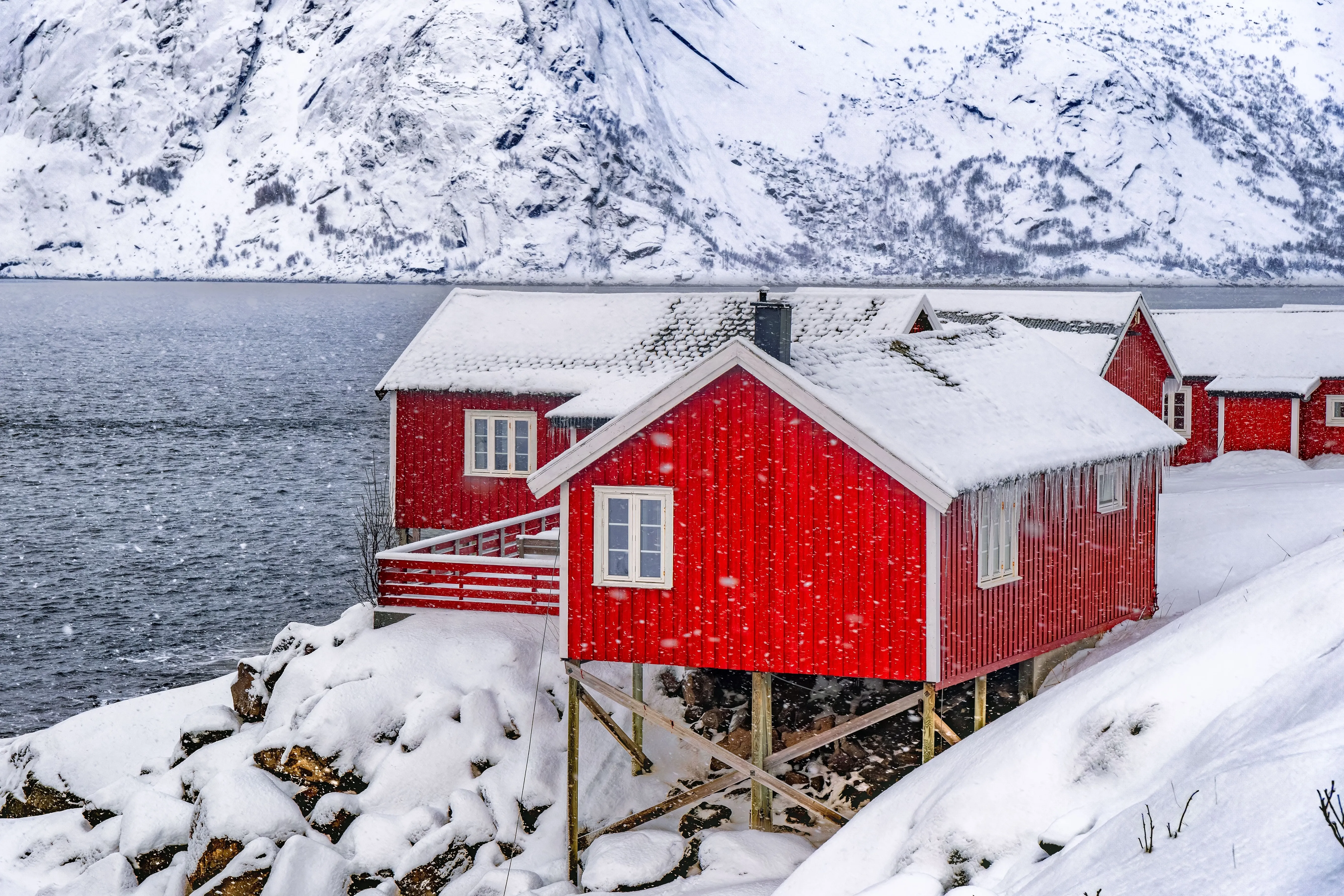
Winter (December to February)
Advantages:
- Winter activities: The Alps and other mountain regions offer excellent opportunities for winter sports such as skiing and snowboarding.
- Christmas markets: Christmas markets in Germany, Austria, and other countries are famous and provide a festive experience.
- Less visitors: Besides winter sports areas and cities with Christmas markets, many attractions are less crowded.
Challenges:
- Cold and snow: In Northern Europe and the Alpine regions, it can get very cold, which may affect travel comfort.
- Less daylight: Especially in northern parts of Europe, the days are very short, which limits outdoor activities.
Four reasons to travel to Europe for unique accommodations
- Unique experiences and memories: Special accommodations such as castles, lighthouses, treehouses, or historic villas offer a unique experience that goes beyond standard hotels. These places often have a rich history and a special atmosphere that make a stay unforgettable.
- Proximity to nature: Many extraordinary accommodations are located in stunning natural settings, such as mountains, by the sea, or in remote rural areas. This allows travelers to connect with nature and take a break from the hectic city life.
- Cultural and local authenticity: Staying in unique accommodations often provides a more authentic glimpse into local culture. For example, country houses or traditional chalets in the Alps offer insights into local architecture and lifestyle, while agriturismos in Italy provide an immersive experience of rural life and local cuisine.
- Exclusivity and privacy: Special accommodations often offer more privacy and personalized service compared to conventional hotels. Many of these lodgings are smaller and thus more intimate, making them ideal for couples or families seeking a quieter and more private atmosphere.
Sign up for the newsletter
By clicking on “Subscribe now” I will subscribe to the Conscious Explorer newsletter with all the information about mindful travel. Information on the success measurement included in the consent, the use of the shipping service provider MailChimp, logging of the registration and your rights of revocation can be found in our privacy policy.
